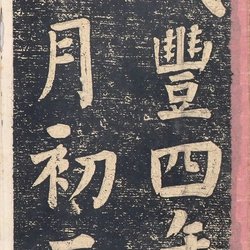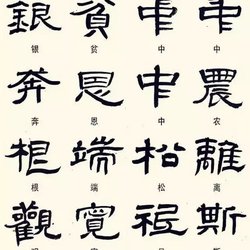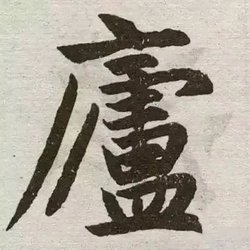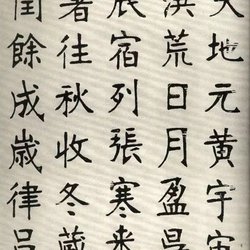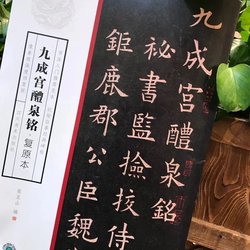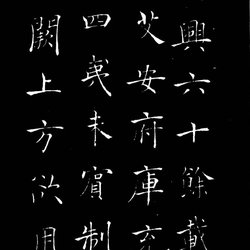In addition to their rich historical material value, the epitaphs of the Northern Dynasties also have very high calligraphy value. Due to its relatively complete preservation and clear handwriting, it better preserves the calligraphy style of the Northern Wei Dynasty. It is a very good model for calligraphy appreciation and learning. In recent decades, more and more epitaphs have been unearthed, mostly in Henan, but also in Shandong, Shaanxi, Hebei, Shanxi, etc. Today, among more than one hundred epitaphs from the Northern Dynasties, those with better calligraphy have been selected and compiled into several volumes. Epitaphs are either classified by family or by calligraphy style. All selected epitaph rubbings are taken from the exact originals. First, the full rubbing of the epitaph, and then the original large crop. This is also true for those who are interested in rubbings. It aims to provide calligraphy enthusiasts and learners with richer calligraphy materials.
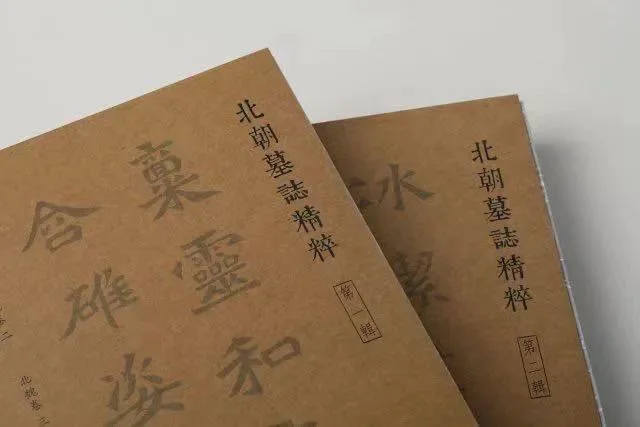
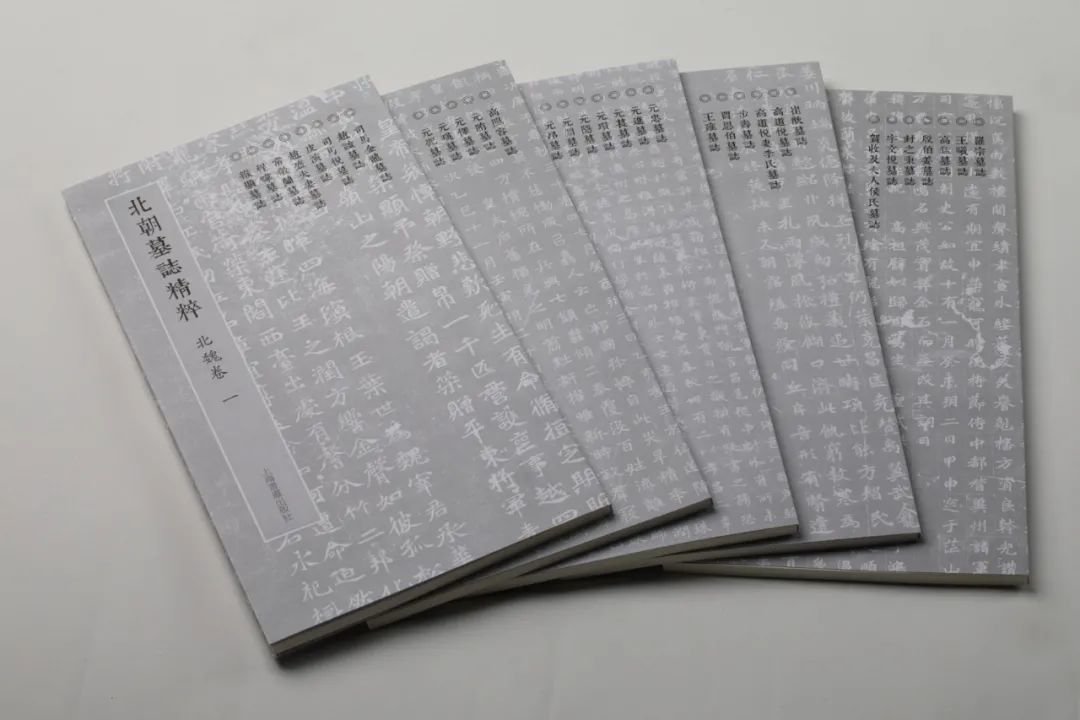
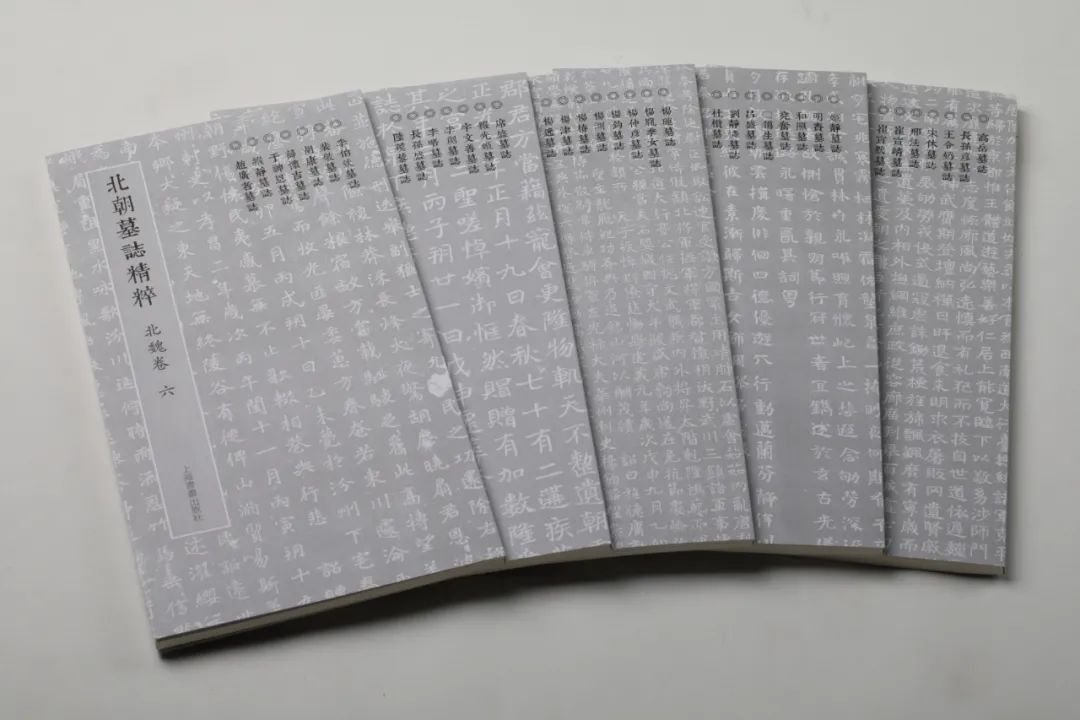
To learn about Wei stele, we should start with the epitaph
The calligraphy and stone carvings of the Northern Dynasties have been handed down to the world, occupying an extremely important position in the history of Chinese calligraphy. Because of its unique characteristics, later generations collectively referred to the regular script of this period as the "Wei stele style". Especially after Emperor Xiaowen of the Northern Wei Dynasty moved the capital to Luoyang, he left behind a very rich collection of stone inscriptions, including tablets, epitaphs, statues, cliffs, and inscribed scriptures. Among the huge number of "Wei steles", the epitaphs are undoubtedly the most numerous and relatively well-preserved. The stones on which the epitaphs are engraved are mostly made of fine materials and are rarely damaged after being buried in the ground. Most of the words are as if they were newly carved, retaining the original appearance of the original inscriptions to the greatest extent.
The regular script of the Northern Dynasty is very different from the regular script of the Tang Dynasty. Generally speaking, the character shapes are mostly flat and square, and the beginning and end of the strokes are less decorative and have a more rustic and harsh temperament.
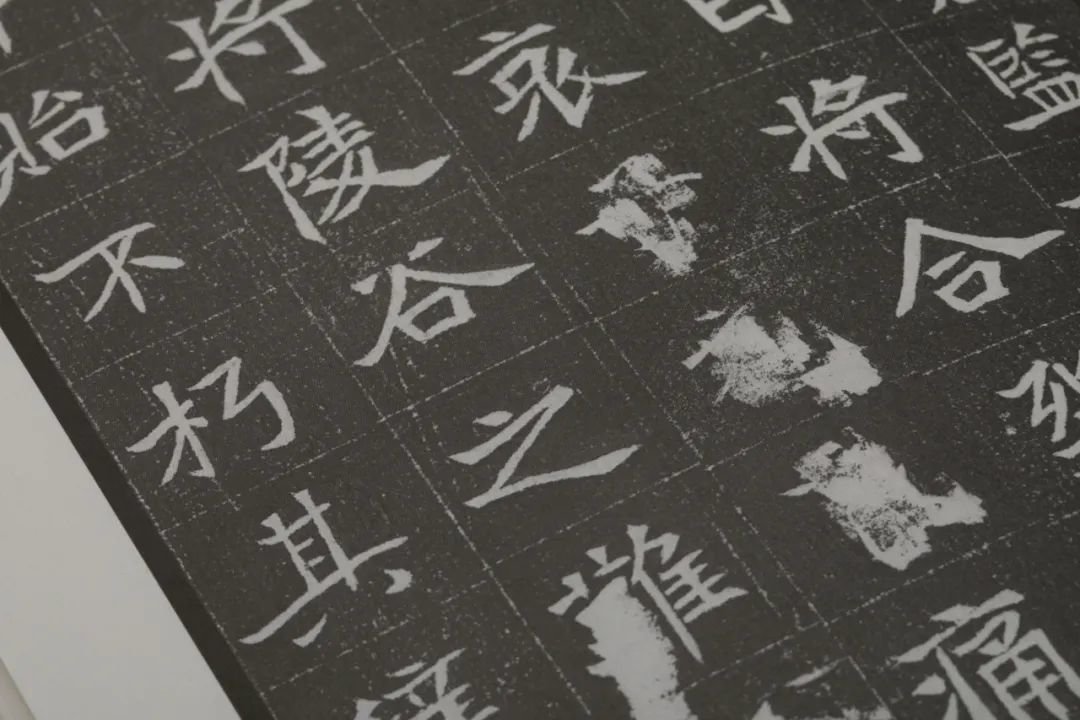
A lot of new information gives a glimpse of the epitaphs of the Northern Dynasties
By the middle and late Qing Dynasty, stone carving calligraphy in the Northern Dynasties began to receive the attention of scholars and calligraphers. By the end of the Qing Dynasty and the Republic of China, more and more epitaphs were unearthed from the Northern Dynasties. The rubbings of epitaphs unearthed during this period were widely distributed and had been published and disseminated for nearly a hundred years. Many of them had exquisite calligraphy and became famous among the epitaphs. In recent decades, the number of new epitaphs from the Northern Dynasties that have been published is no less than before, but there are fewer transmissions and publications, making them relatively unfamiliar to calligraphy enthusiasts and learners. Most of these newly unearthed epitaphs are from Henan, but others have also been unearthed from other places such as Shandong, Shaanxi, Hebei, and Shanxi. Many of them are exquisitely crafted, while others are relatively sloppy. From the perspective of calligraphy, many of the epitaphs have a style of calligraphy that is very close to those unearthed from the late Qing Dynasty to the Republic of China, and there are also many that have a style of calligraphy not seen in early epitaphs. These greatly enriched the style of Northern Dynasty calligraphy.
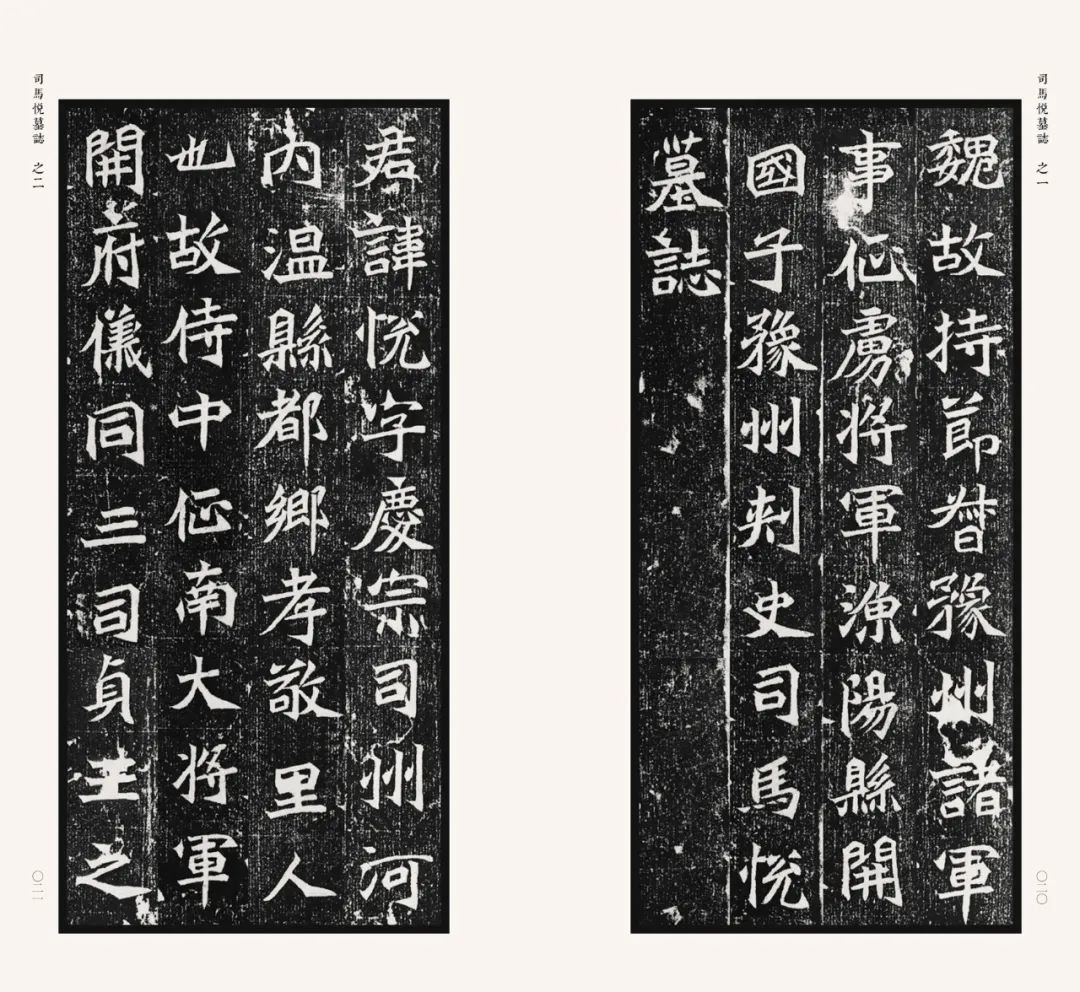
Northern Wei Dynasty Volume 1 Epitaph of Sima Yue (Henan)
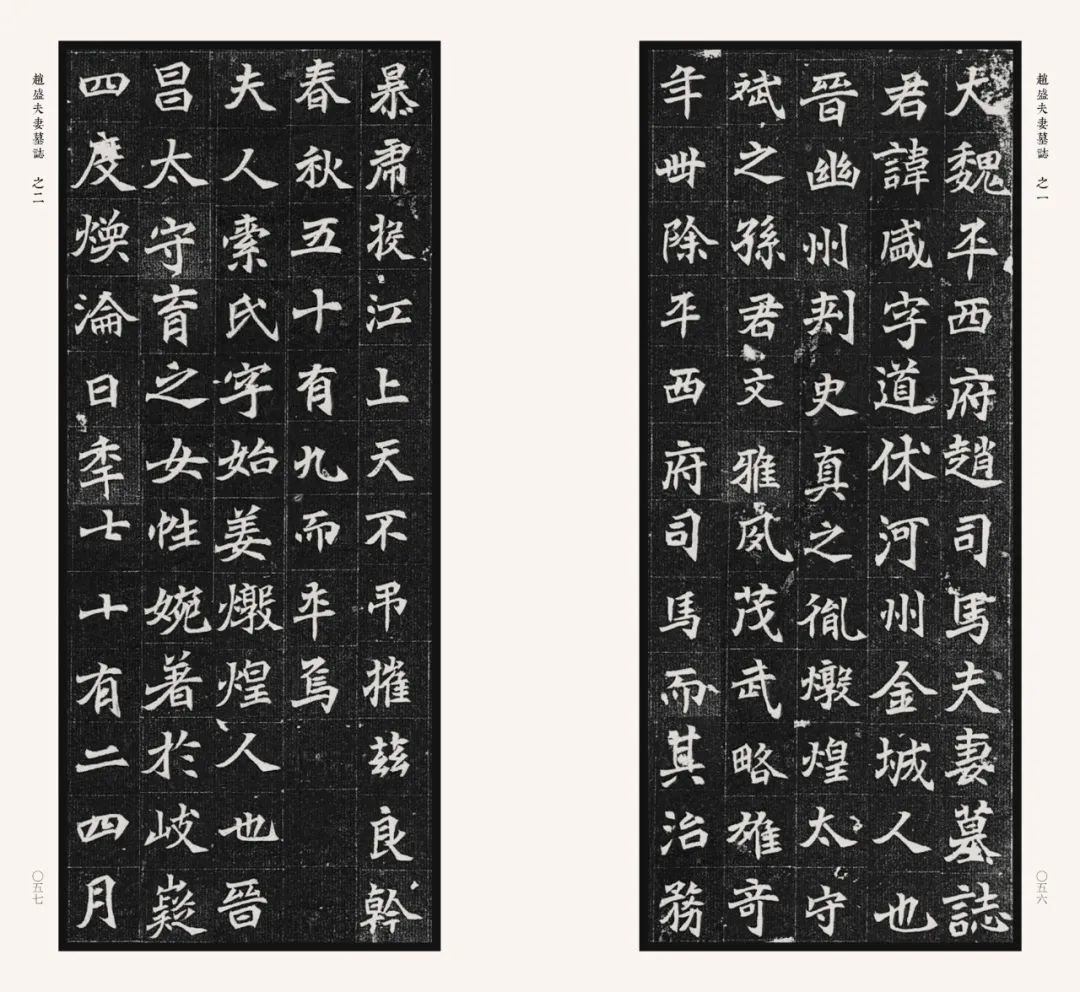
Northern Wei Dynasty Volume 1 Epitaph of Zhao Sheng and his wife (Henan)
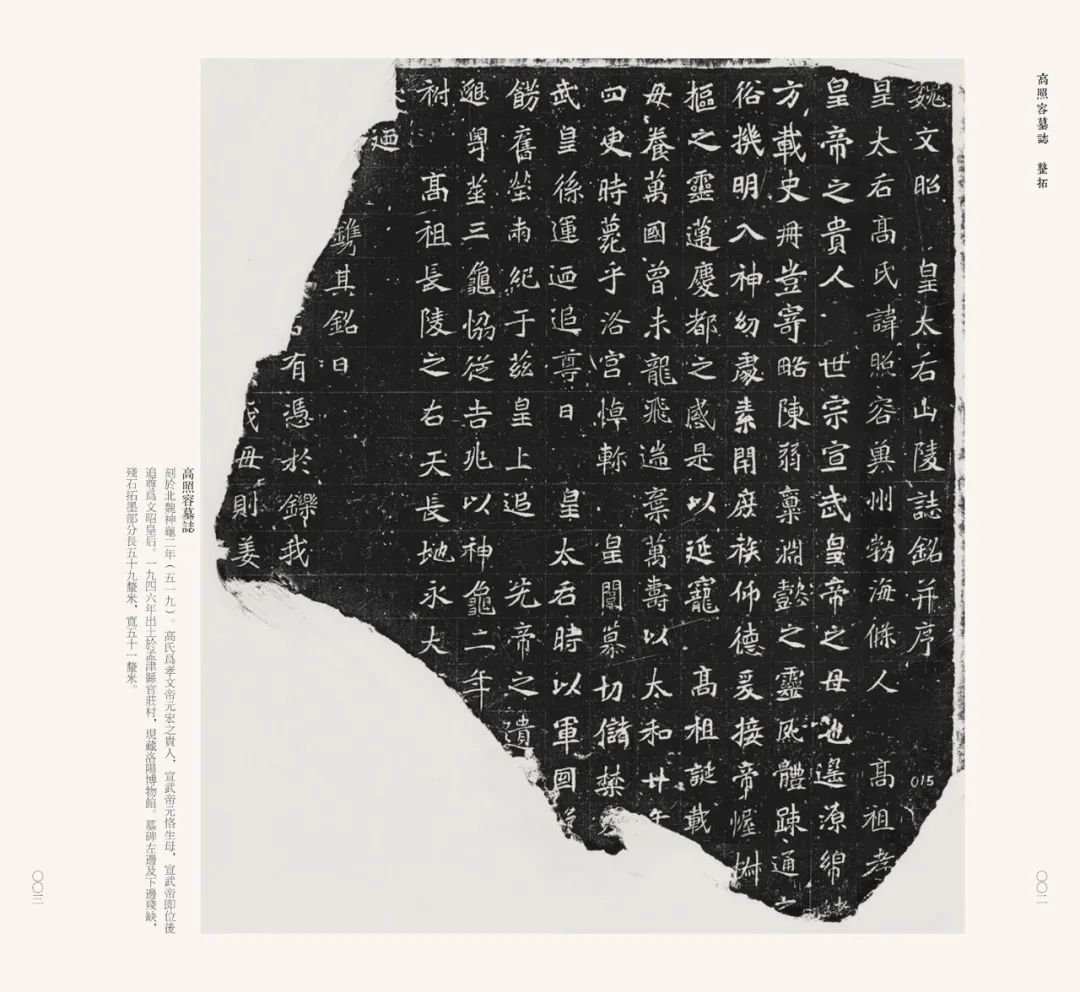
Epitaph of Gao Zhaorong in Volume 2 of the Northern Wei Dynasty (Henan)
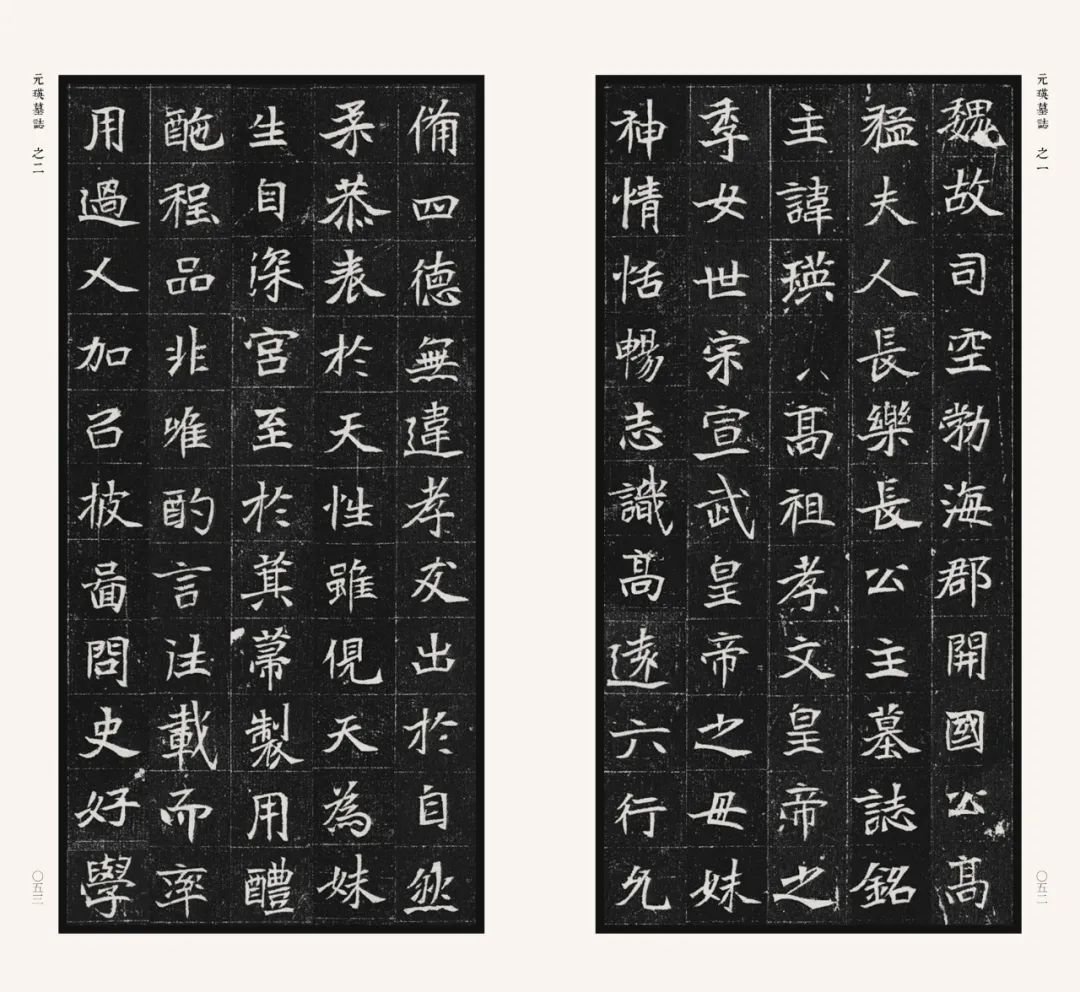
Epitaph of Yuan Yuanying in the Northern Wei Dynasty (Henan)
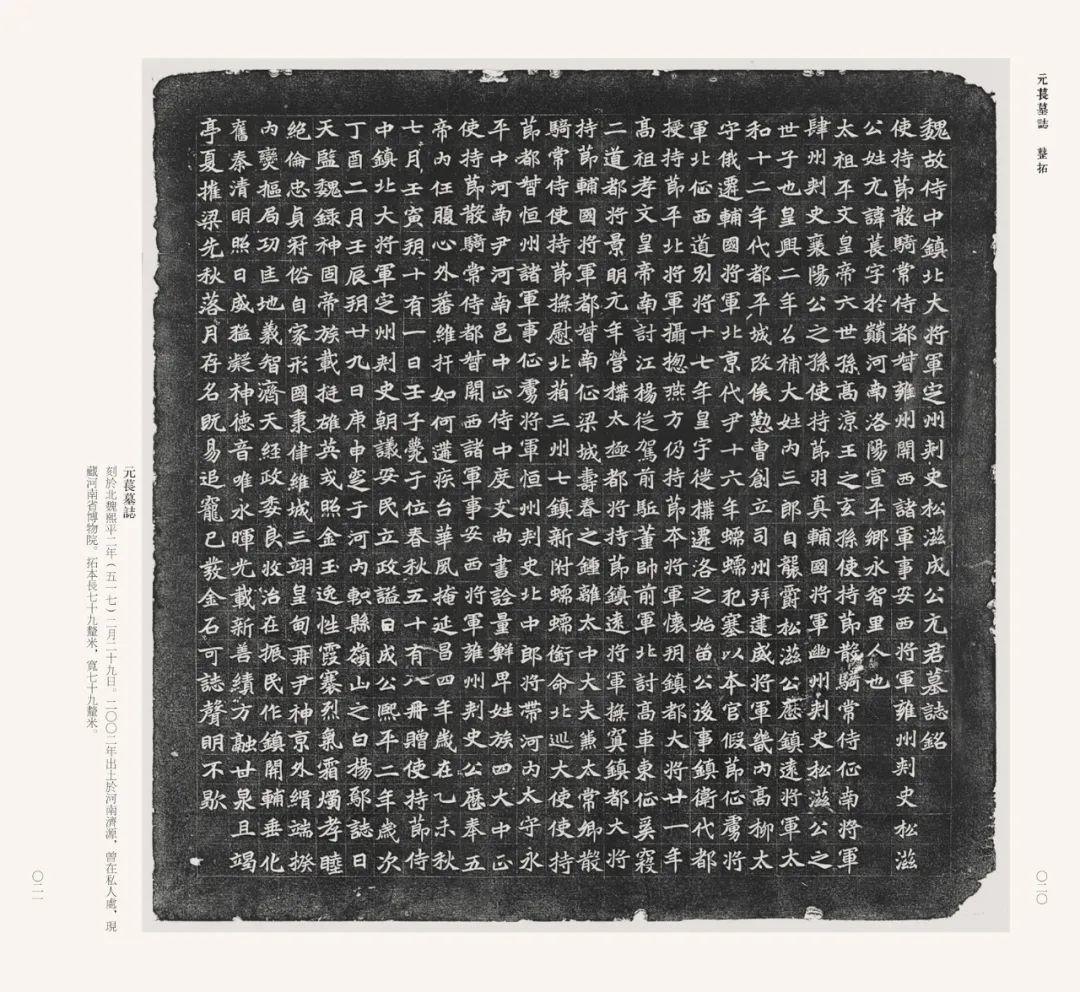
Epitaph of Sanyuan Chang in the Northern Wei Dynasty (Henan)
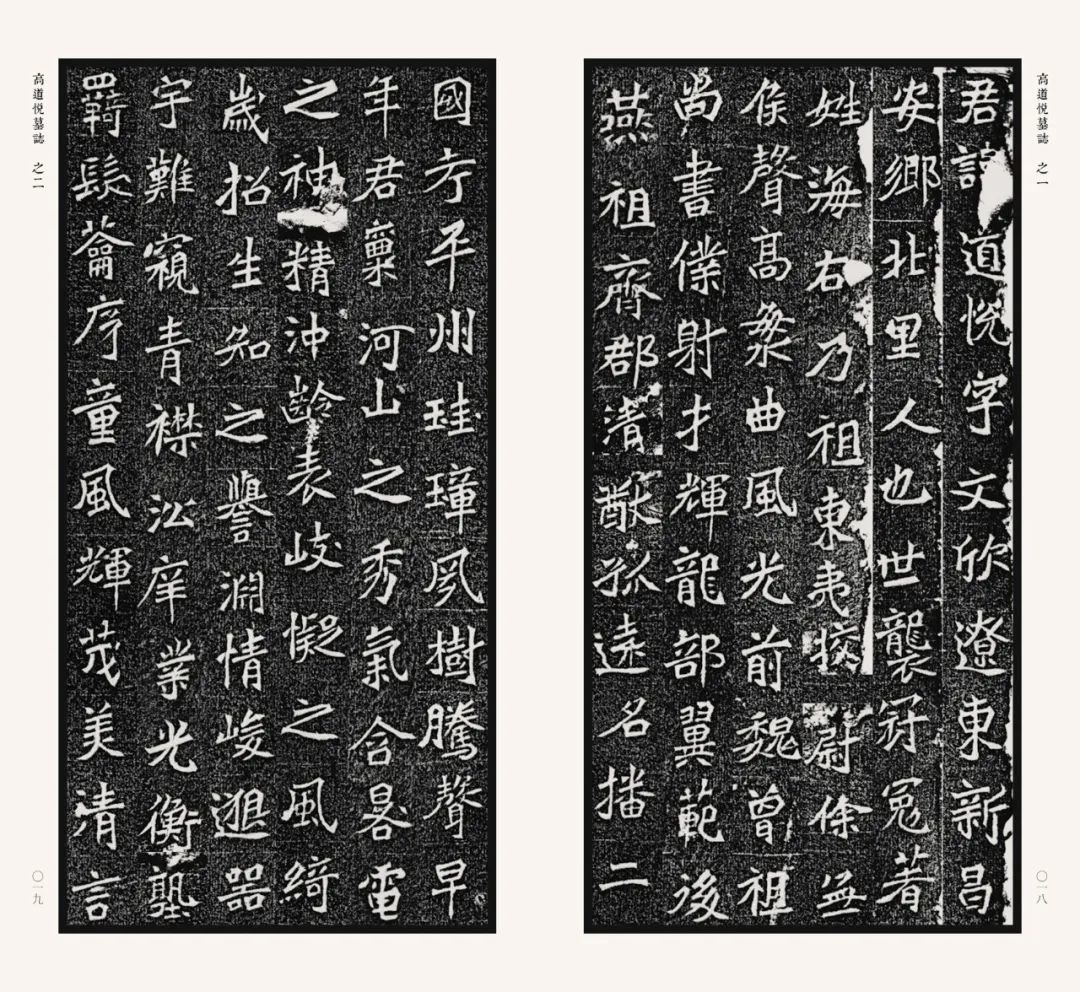
Epitaph of Si Gao Daoyue in the Northern Wei Dynasty (Shandong)
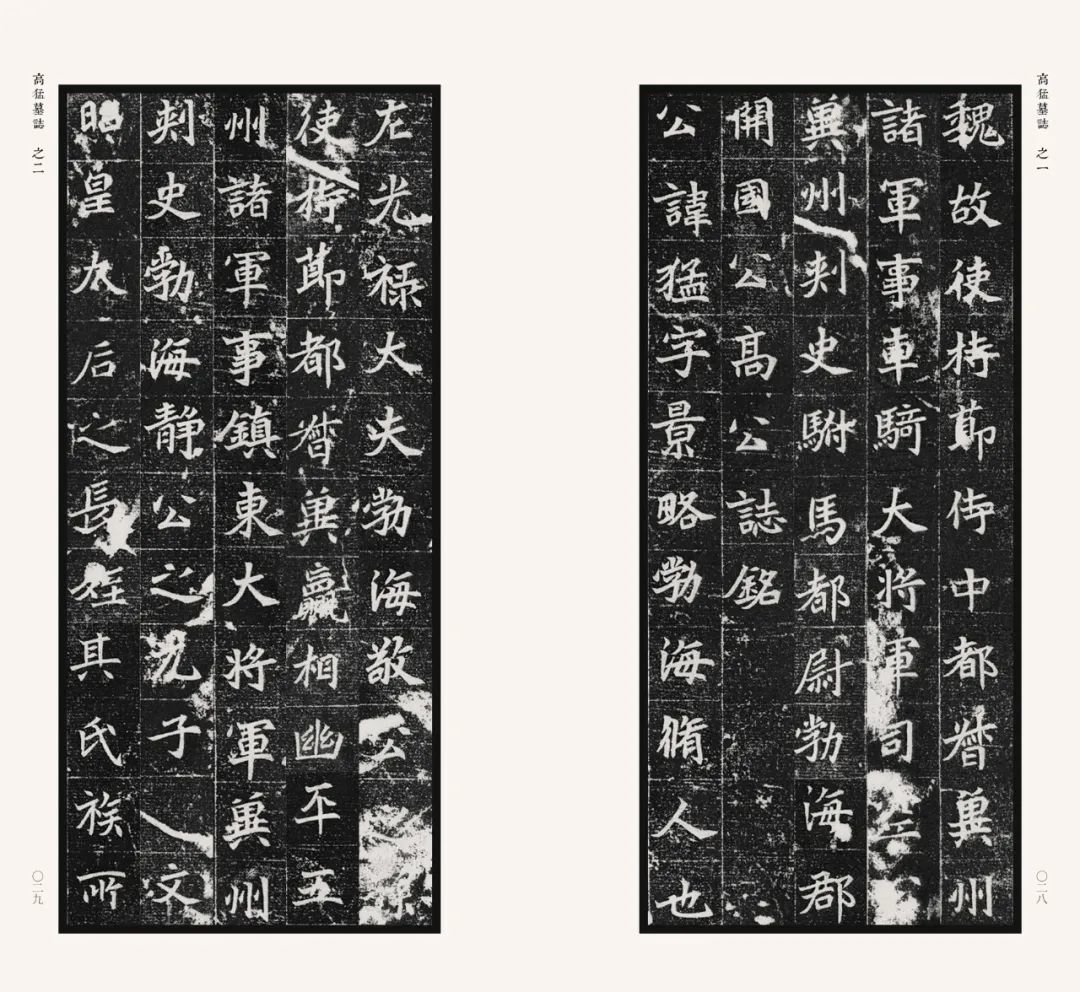
Epitaph of Five High Meng in the Northern Wei Dynasty (Henan)
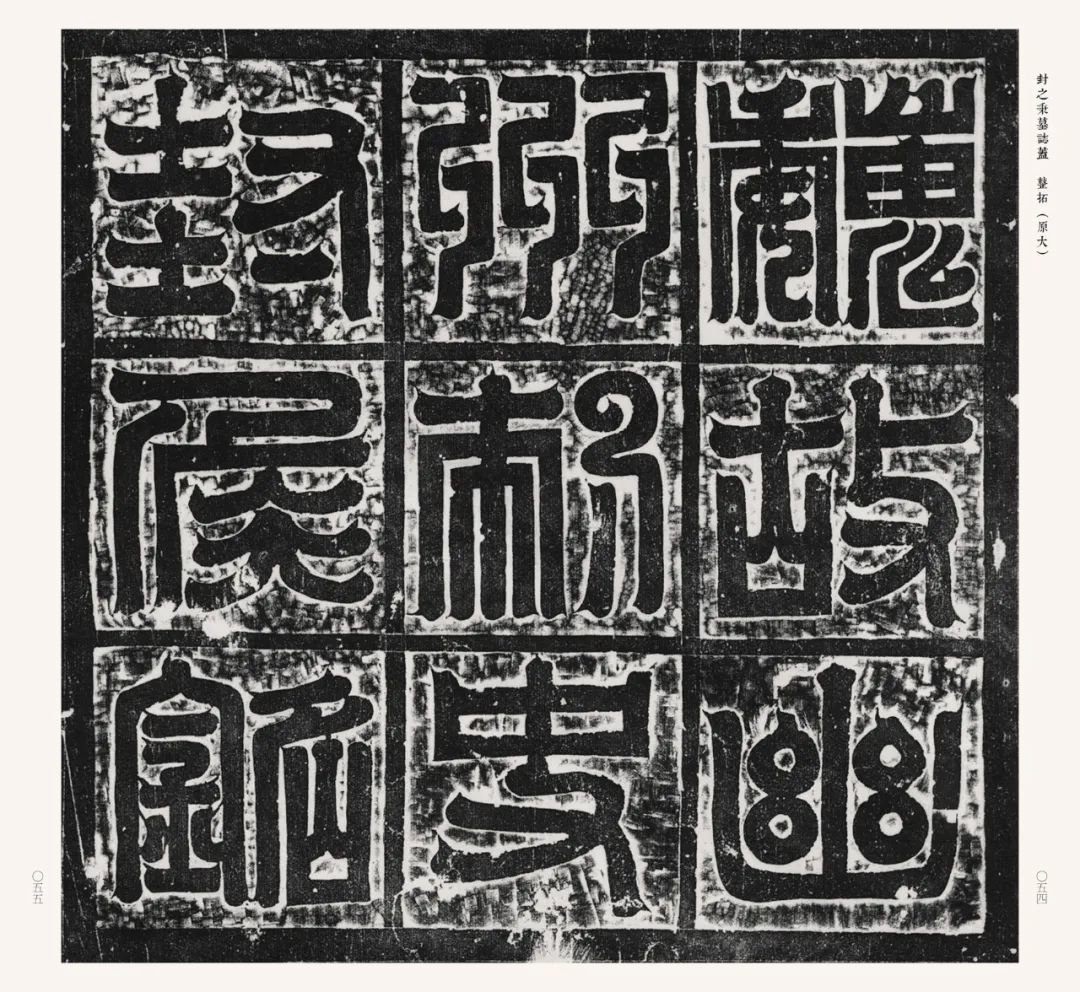
The epitaph cover of the five seals of the Northern Wei Dynasty (Henan)
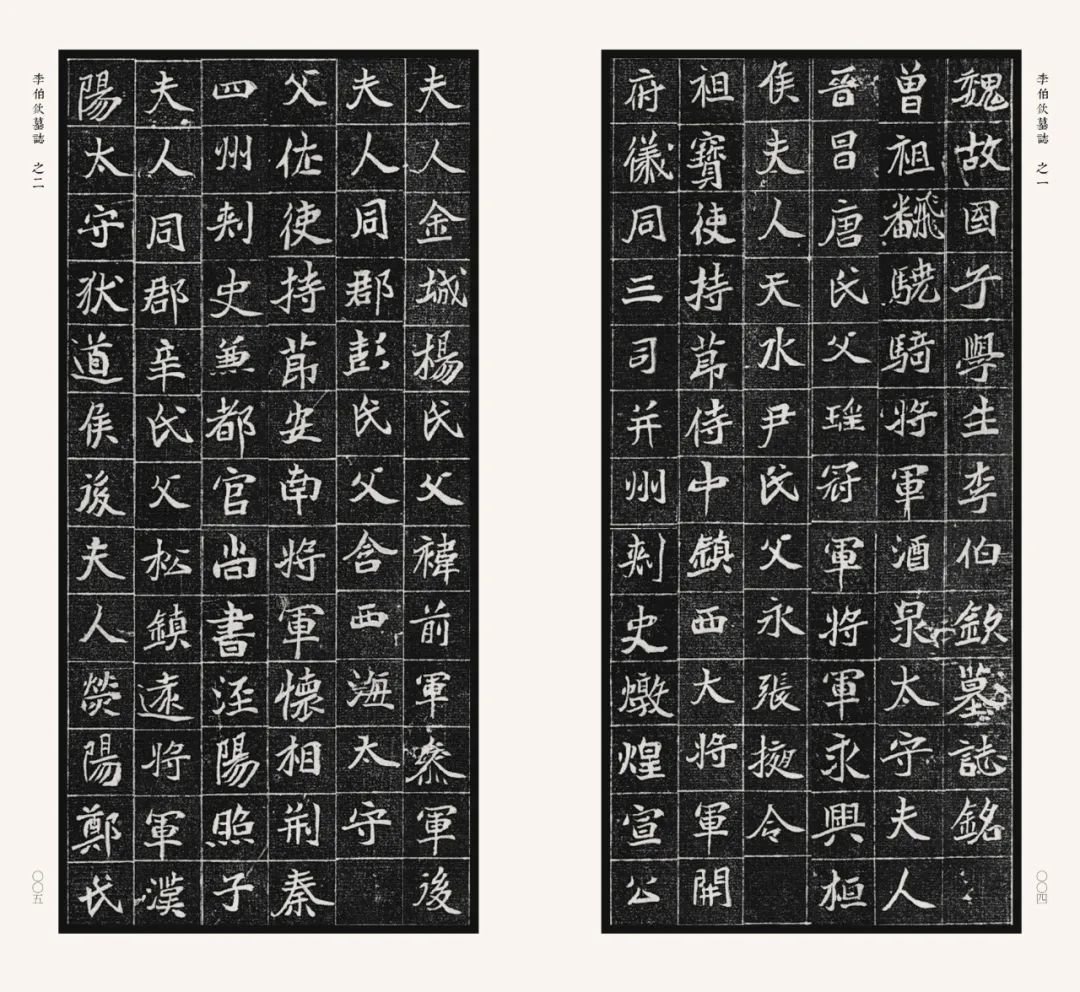
Northern Wei Dynasty Volume 6 Li Boqin's Epitaph (Hebei)
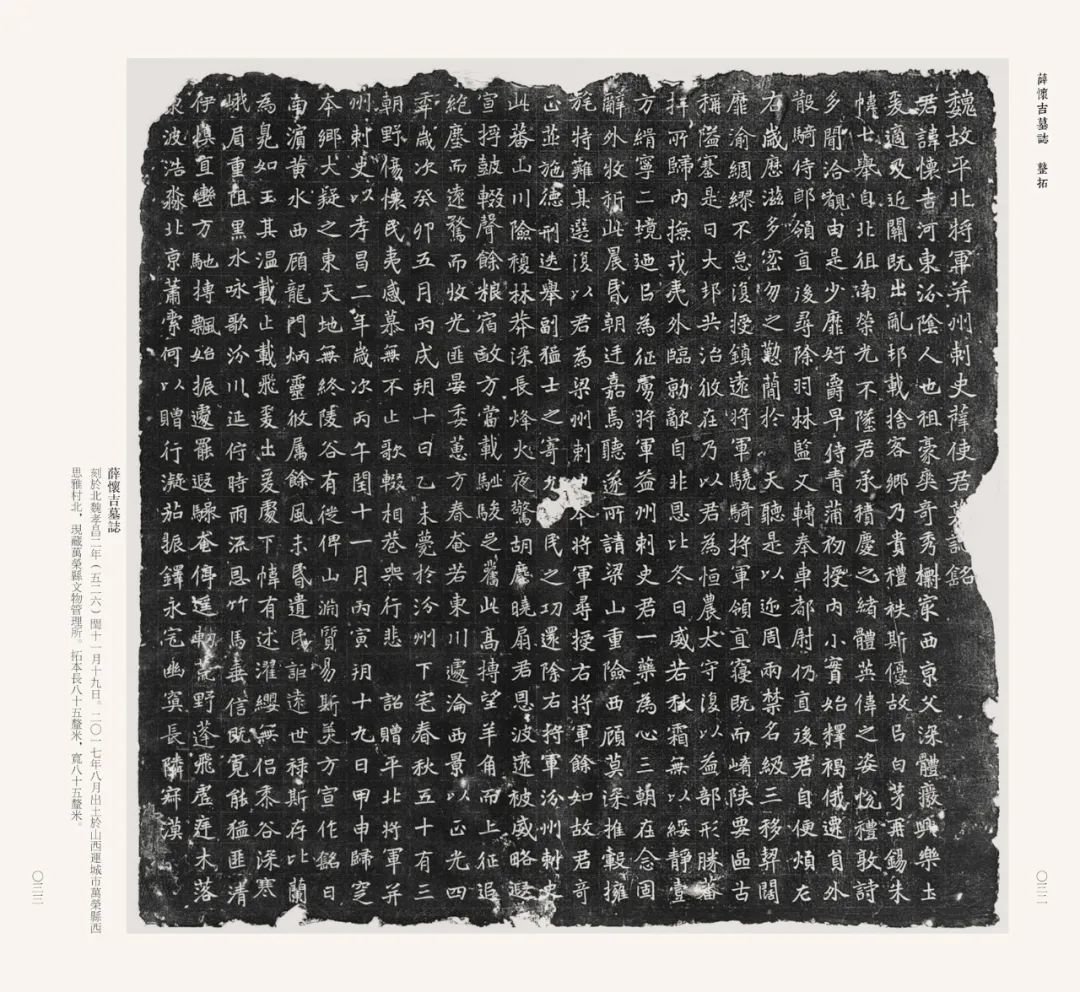
Epitaph of Xue Huaiji in Volume 6 of the Northern Wei Dynasty (Shanxi)
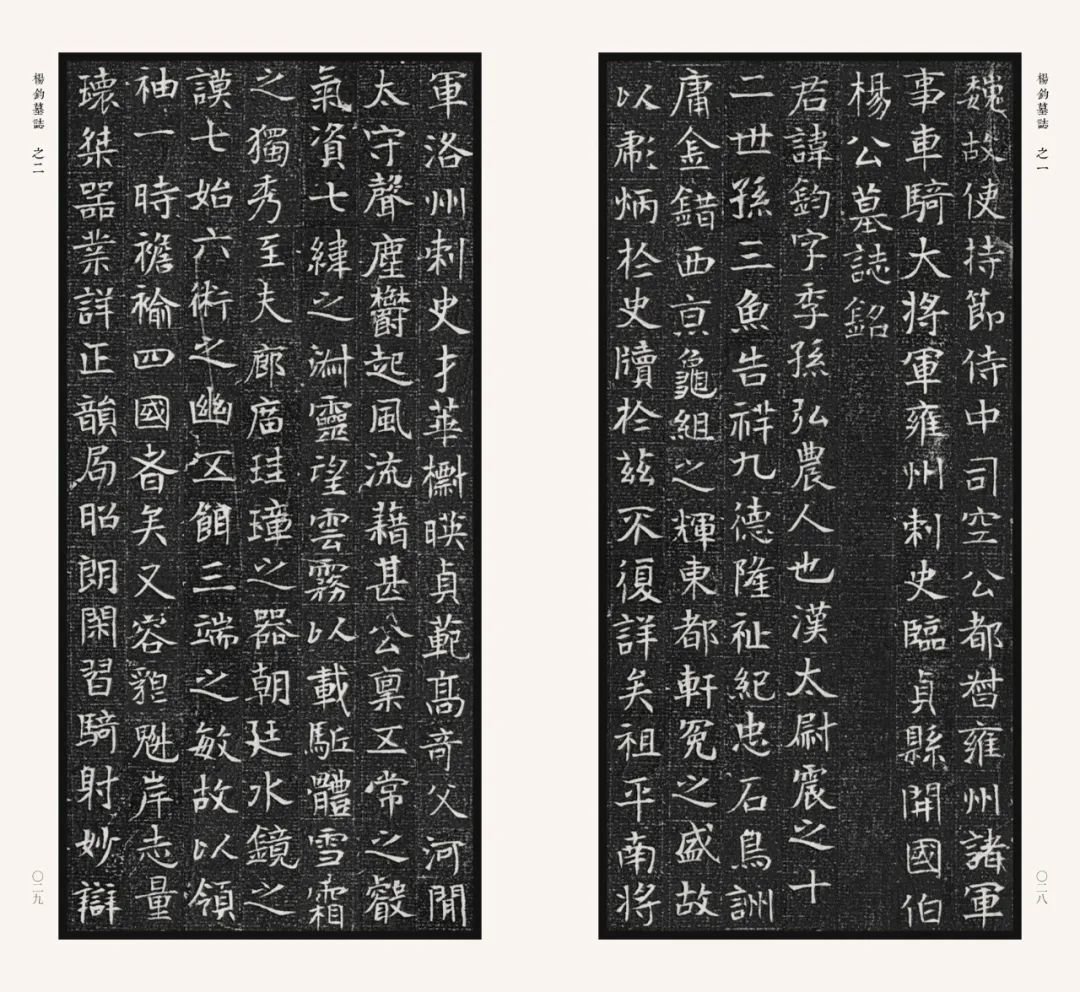
Epitaph of Yang Jun in Volume 7 of the Northern Wei Dynasty (Shaanxi)
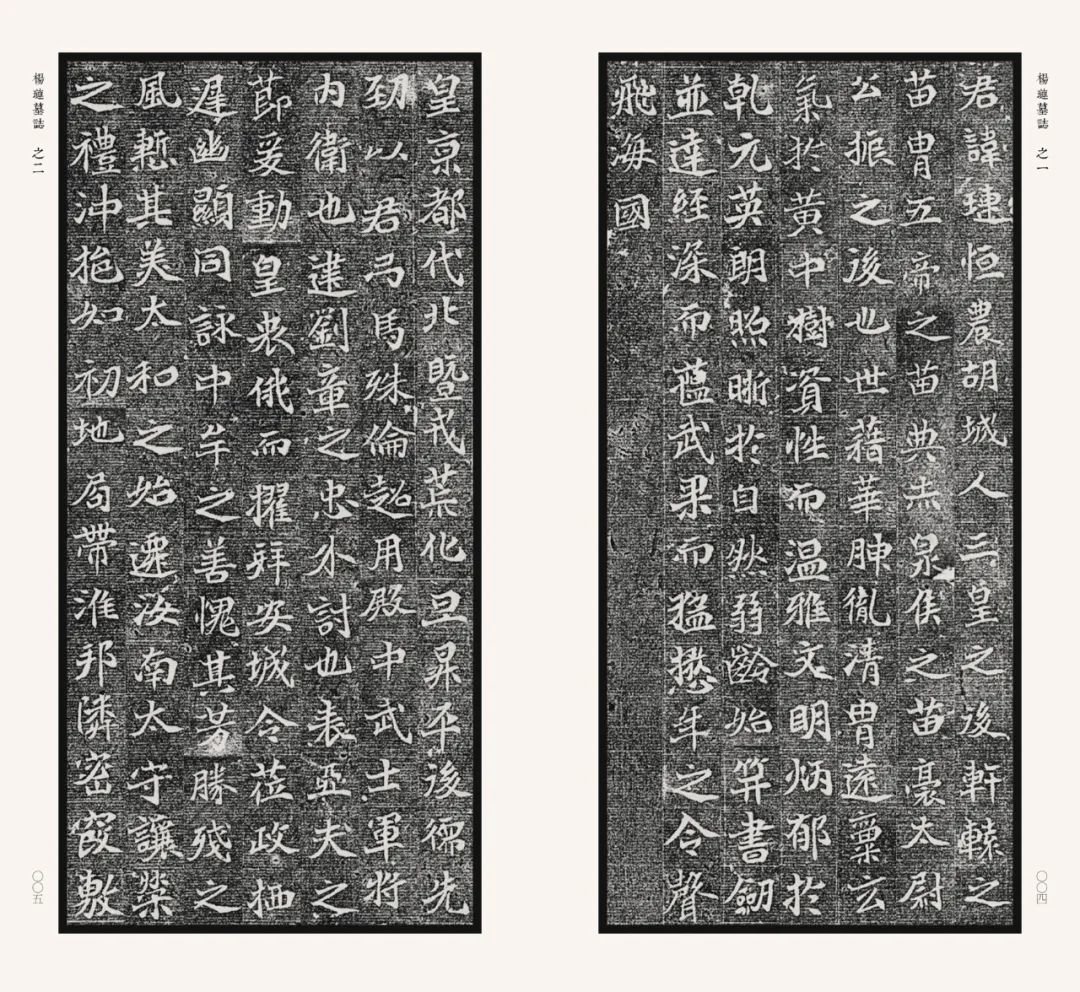
The Epitaph of Yang Lian in Volume 7 of the Northern Wei Dynasty (Henan)
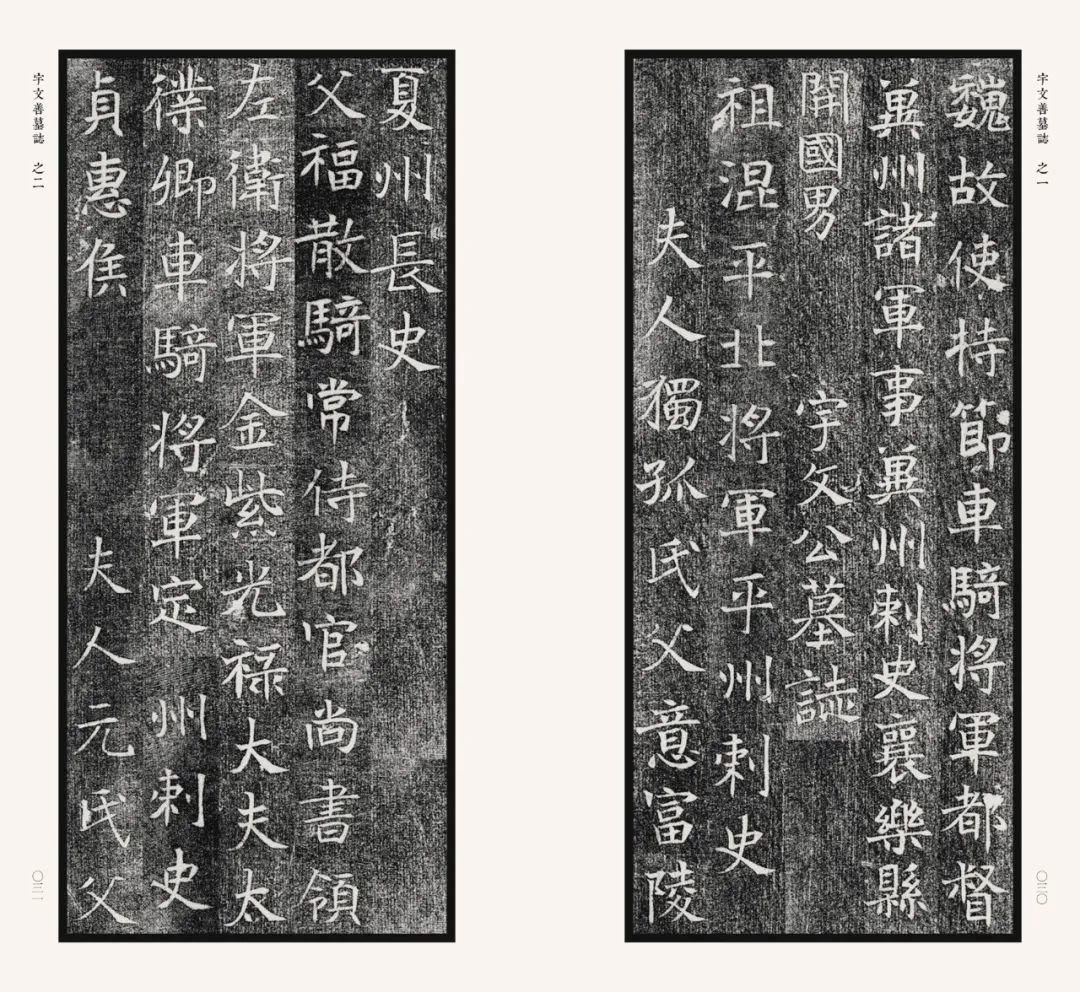
The epitaph of Yu Wenshan in Volume 8 of the Northern Wei Dynasty (the place of origin is unknown)
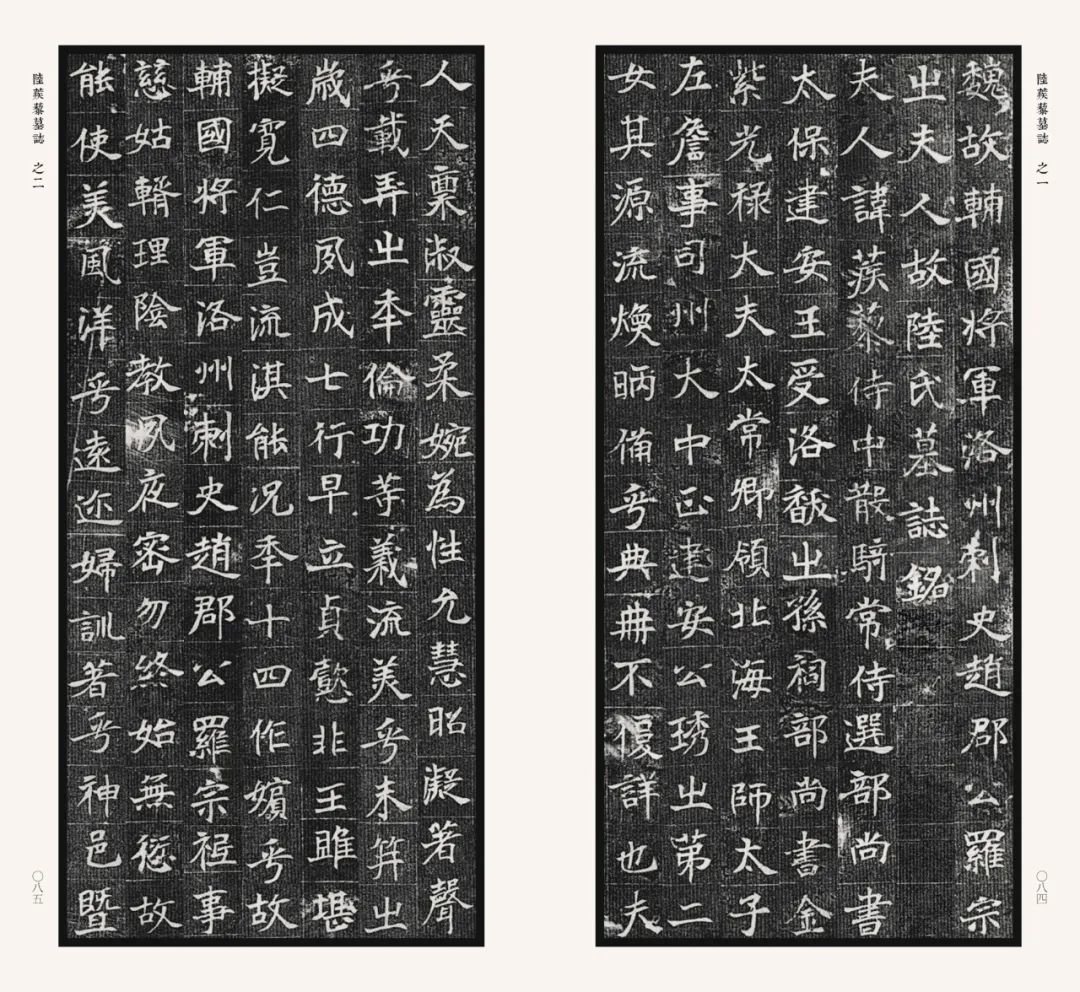
Epitaph of Tribulus in Volume 8 of the Northern Wei Dynasty (the place of origin is unknown)
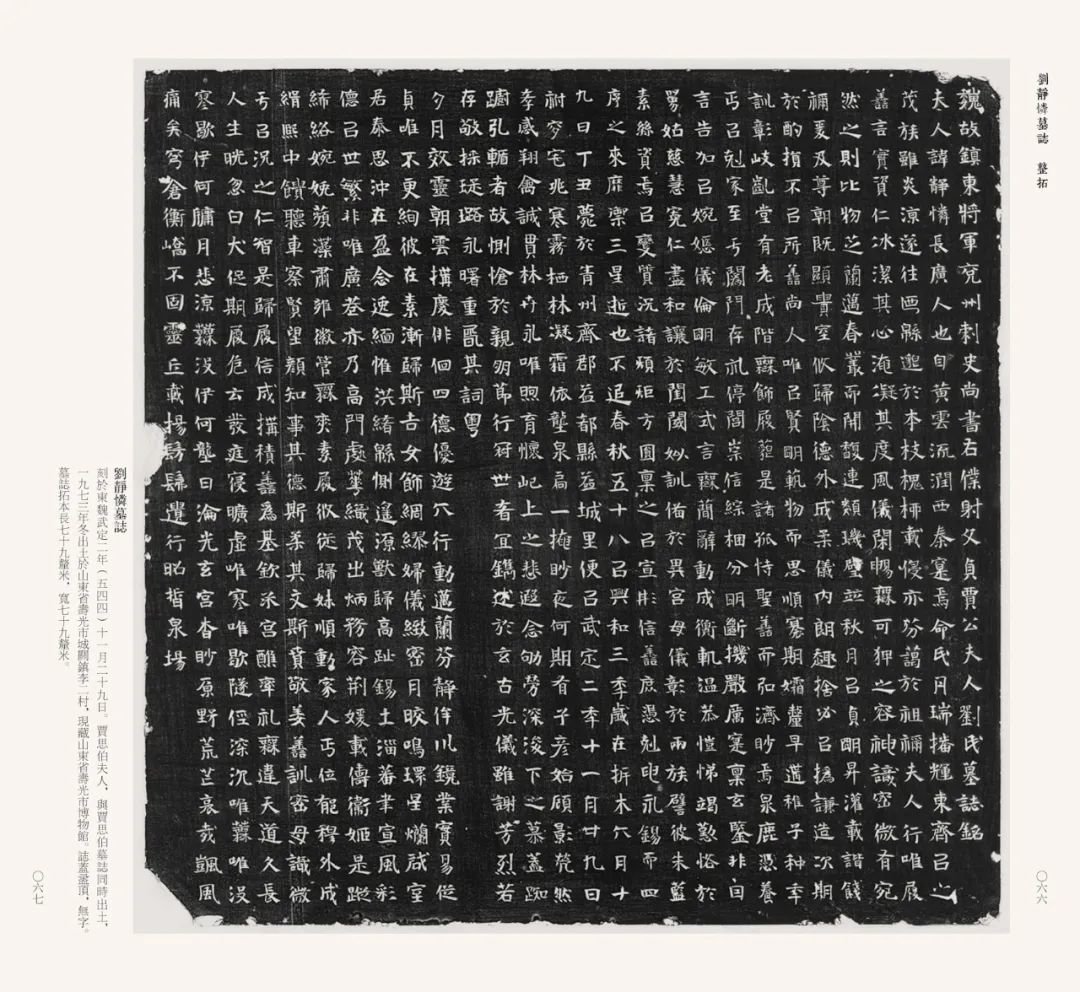
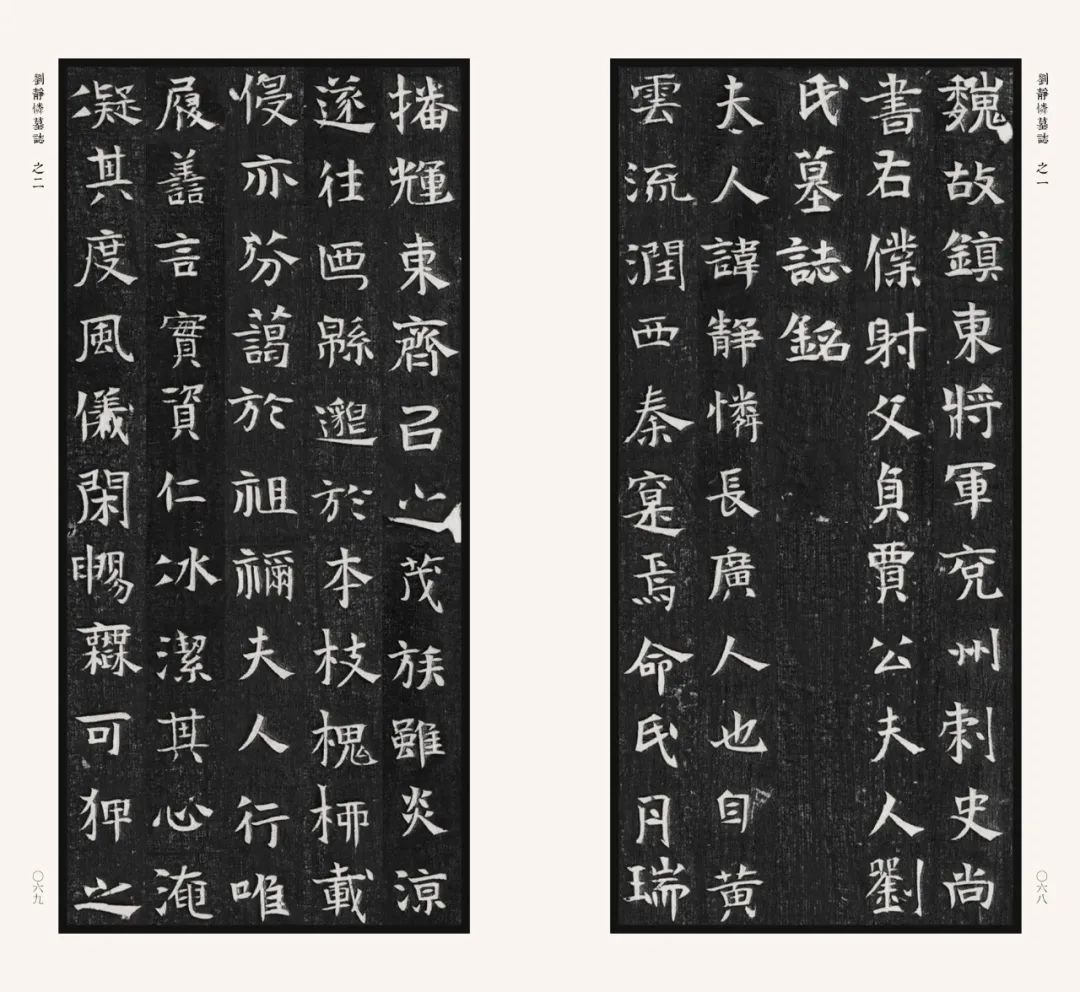
Epitaph of Liu Jinglian in the Eastern and Western Wei Dynasties
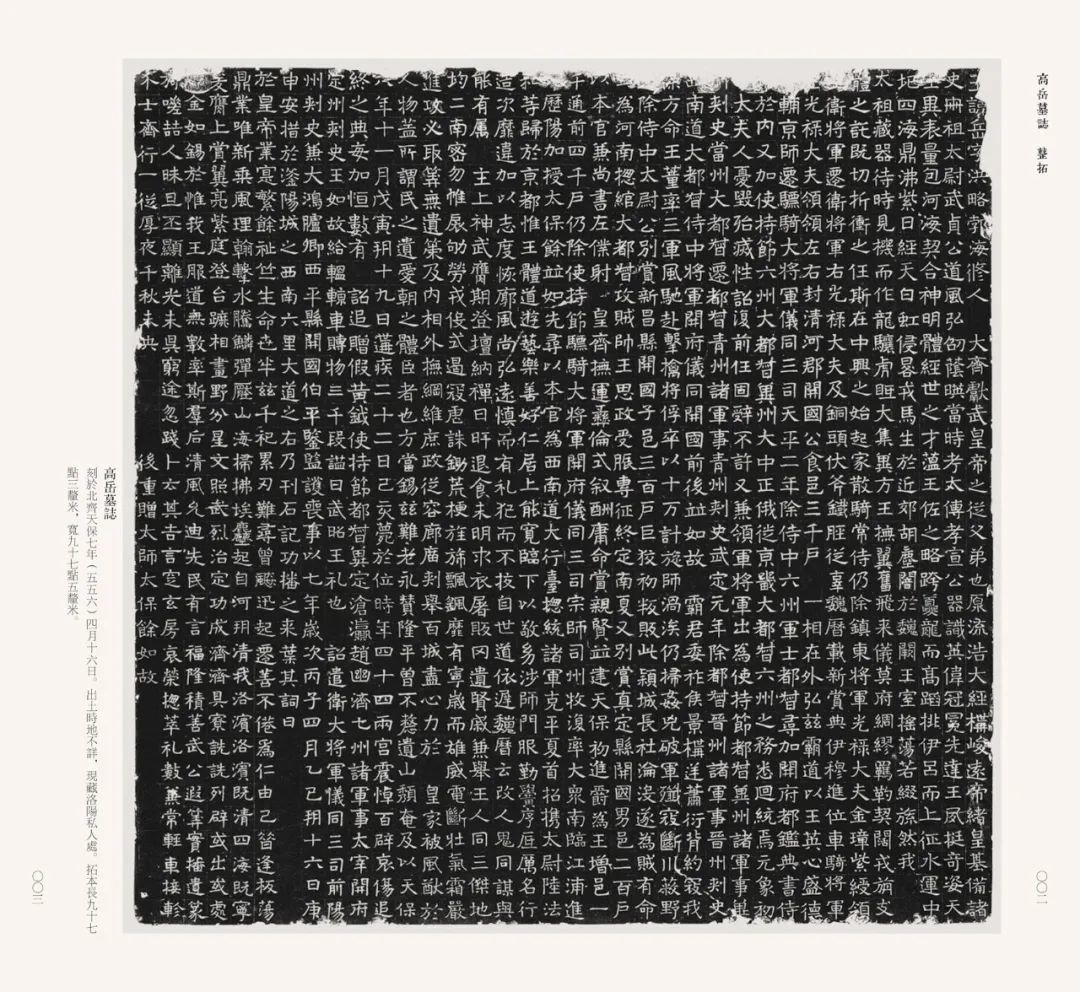
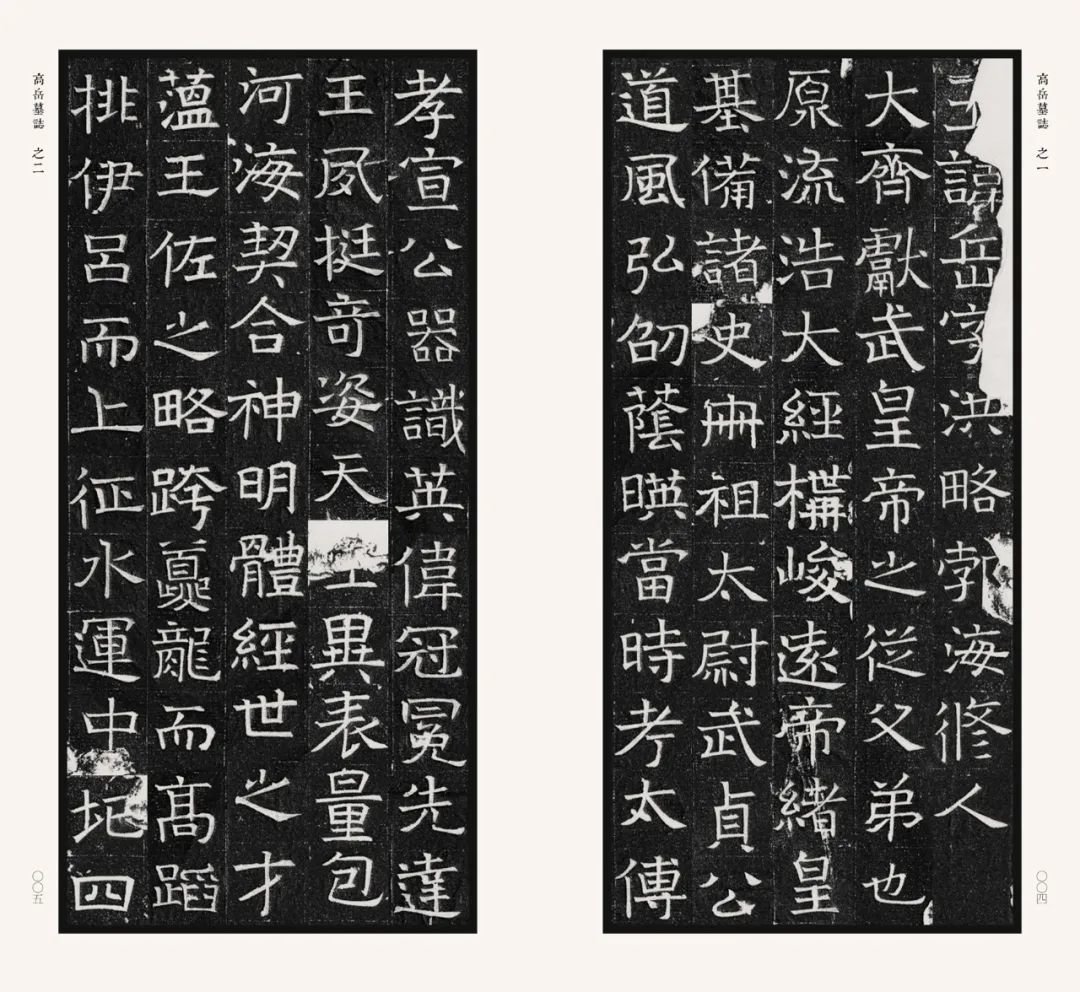
Epitaph of Gao Yue in the Northern Qi and Northern Zhou Dynasties (excavation site unknown)
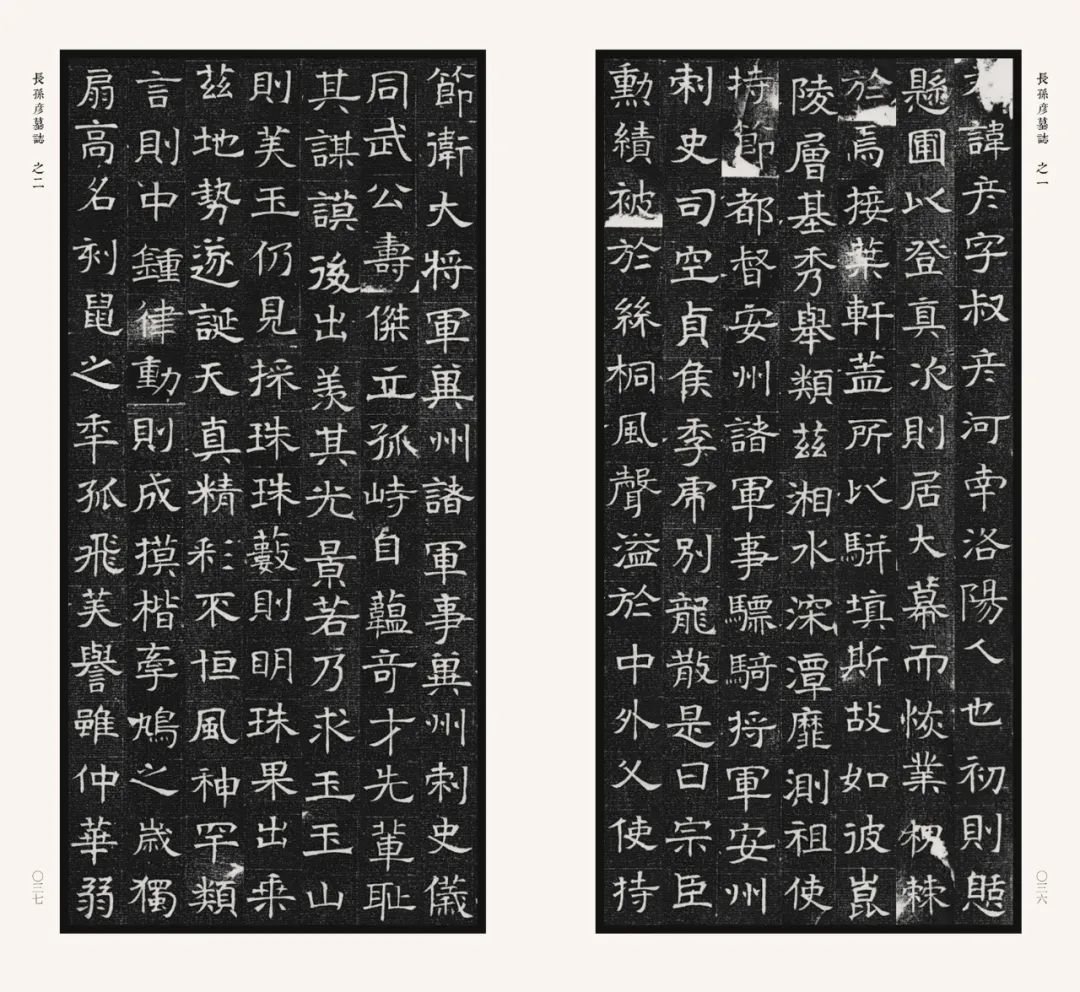
The epitaph of Sun Yan, the chief scroller of the Northern Qi and Northern Zhou Dynasties (the origin is unknown)
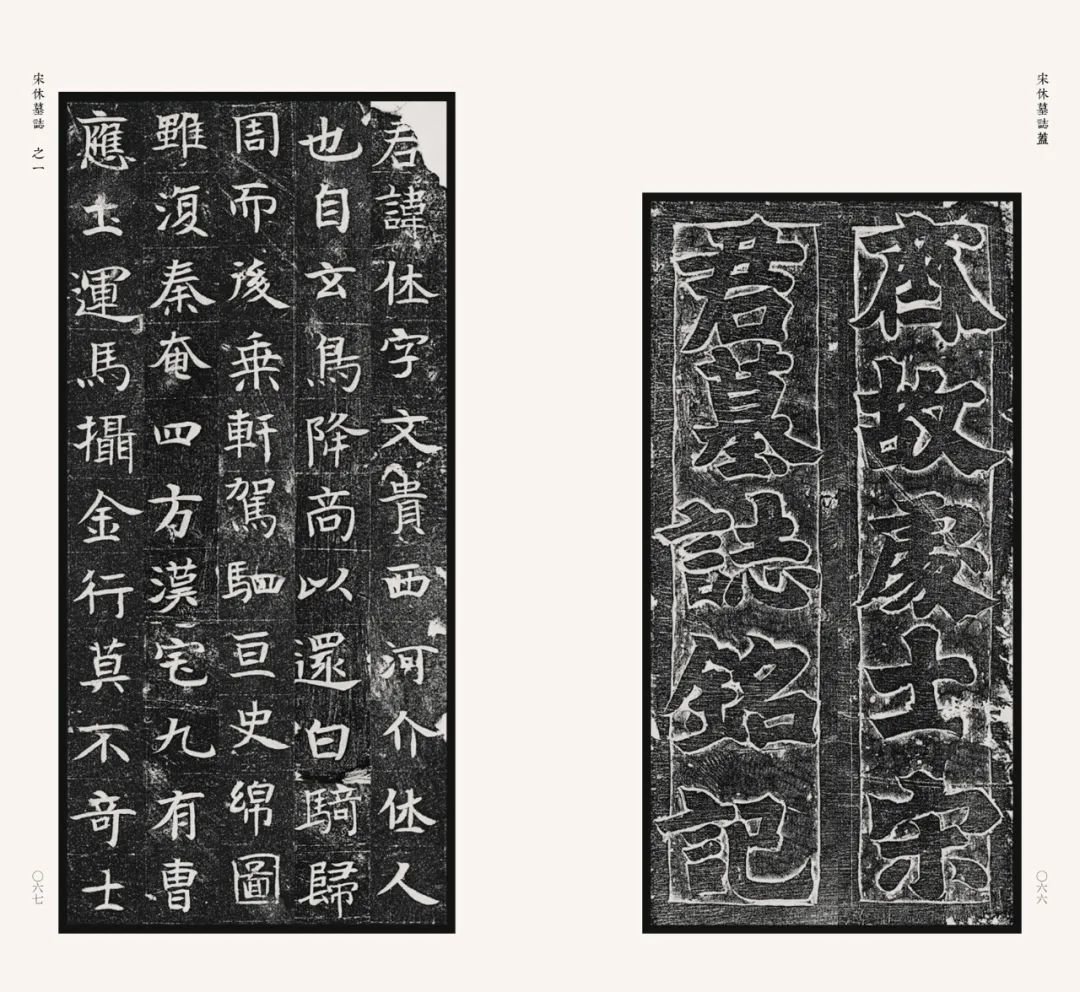
Northern Qi and Northern Zhou Scrolls Song Xiu Epitaph Cover (Shandong)
Most of the epitaphs compiled in this volume were unearthed in recent decades and were selected from more than 100 types of epitaphs from the Northern Dynasties. The earliest epitaph collected is "Sima Jinlong's Epitaph", which was engraved on November 16, the eighth year of Taihe in the Northern Wei Dynasty (484). The latest one is "Cui Xuanmo's Epitaph", which was engraved on October 26, the first year of Xiang's reign (579) in the Northern Zhou Dynasty. A total of 70 epitaphs from various periods of the Northern Dynasties were collected. Among them, there are fifty-five epitaphs from the Northern Wei Dynasty, five epitaphs from the Eastern Wei Dynasty, three epitaphs from the Western Wei Dynasty, four epitaphs from the Northern Qi Dynasty, and three epitaphs from the Northern Zhou Dynasty. Some of these epitaphs are collected by museums at all levels, and some are collected by private individuals. Except for a few that have been published in the original version, most of them are published in the original version for the first time, and several epitaphs are published for the first time.
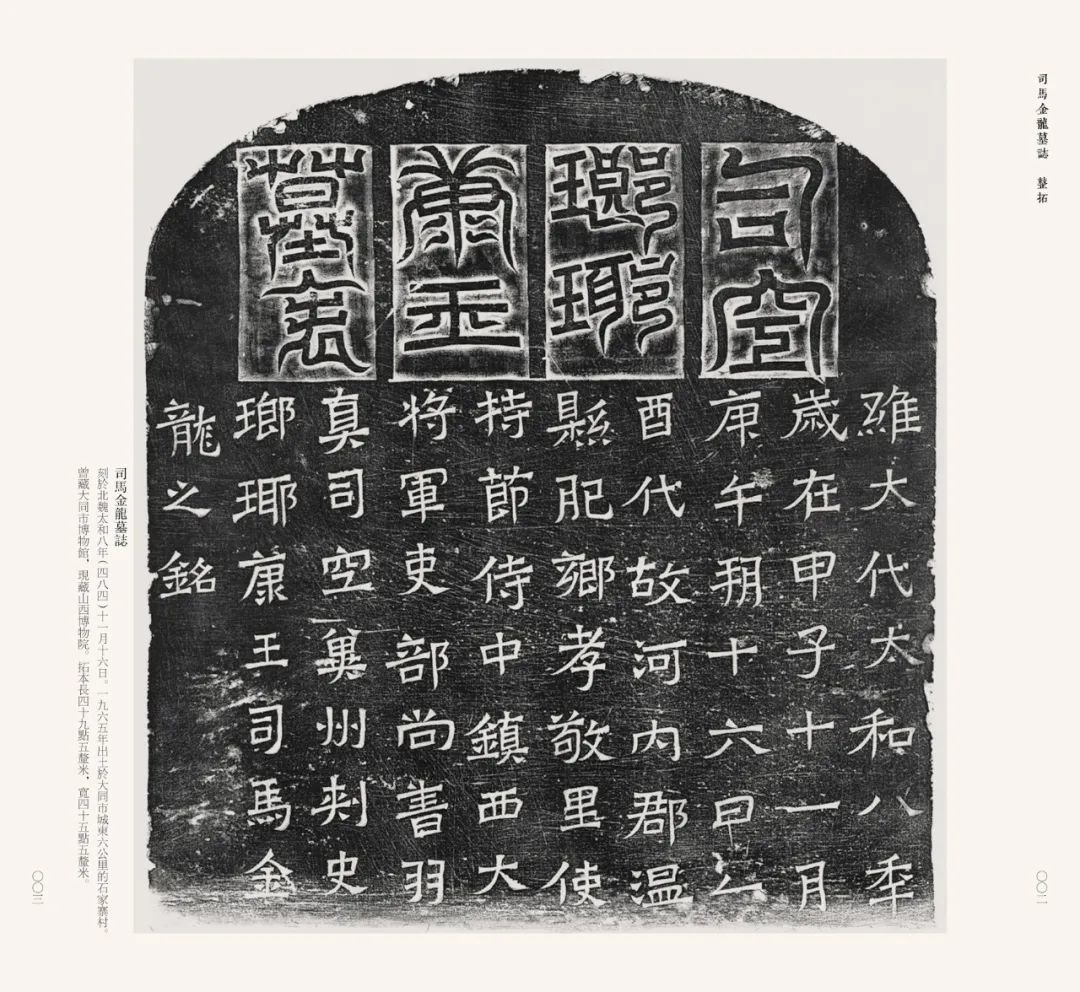
"Sima Jinlong's Epitaph" from the Northern Wei Dynasty
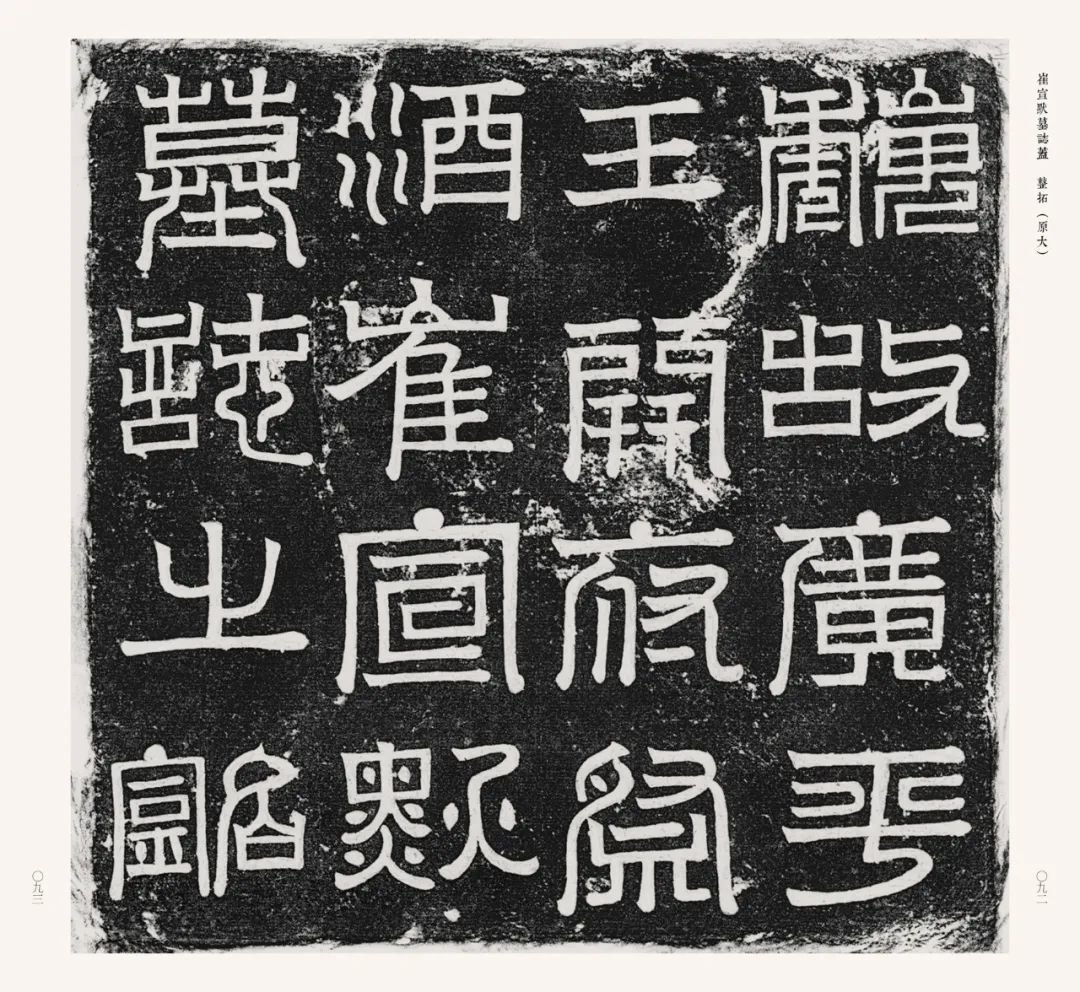
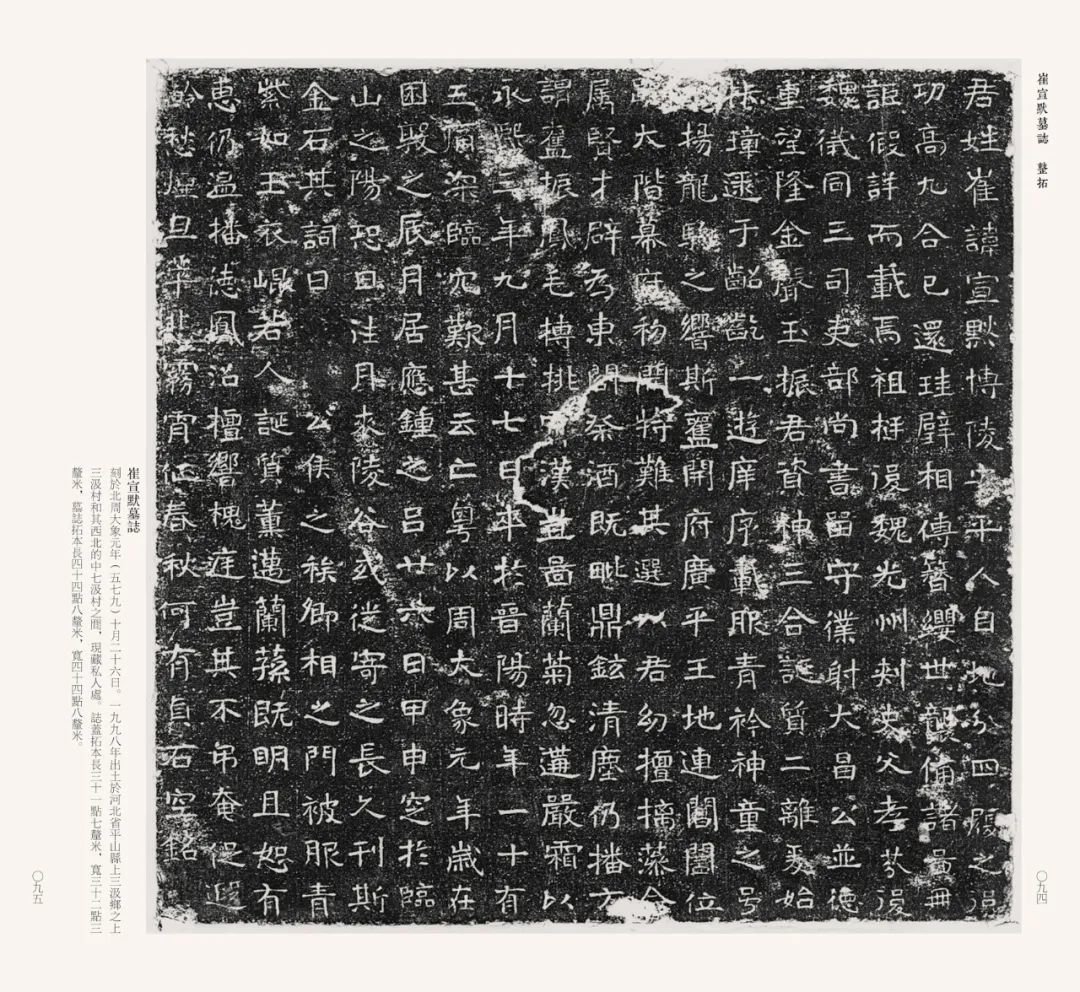
"Cui Xuanmo's Epitaph" from the Northern Zhou Dynasty
Clear classification to meet different learning needs
Since the number of epitaphs collected in the Northern Wei Dynasty is relatively large, we classify them by family, region or style. The epitaphs of the Yuan family are compiled into two volumes, the epitaphs of the Yang family are compiled into one volume, and the epitaphs unearthed in Shandong are compiled into one volume. Those with strong calligraphy will be compiled into one volume, those with extraordinary rise will be compiled into one volume, those with fresh and vigorous calligraphy will be compiled into one volume, and those with neat calligraphy will be compiled into one volume. The Eastern Wei and Western Wei were compiled into one volume, and the Northern Qi and Northern Zhou were compiled into one volume.
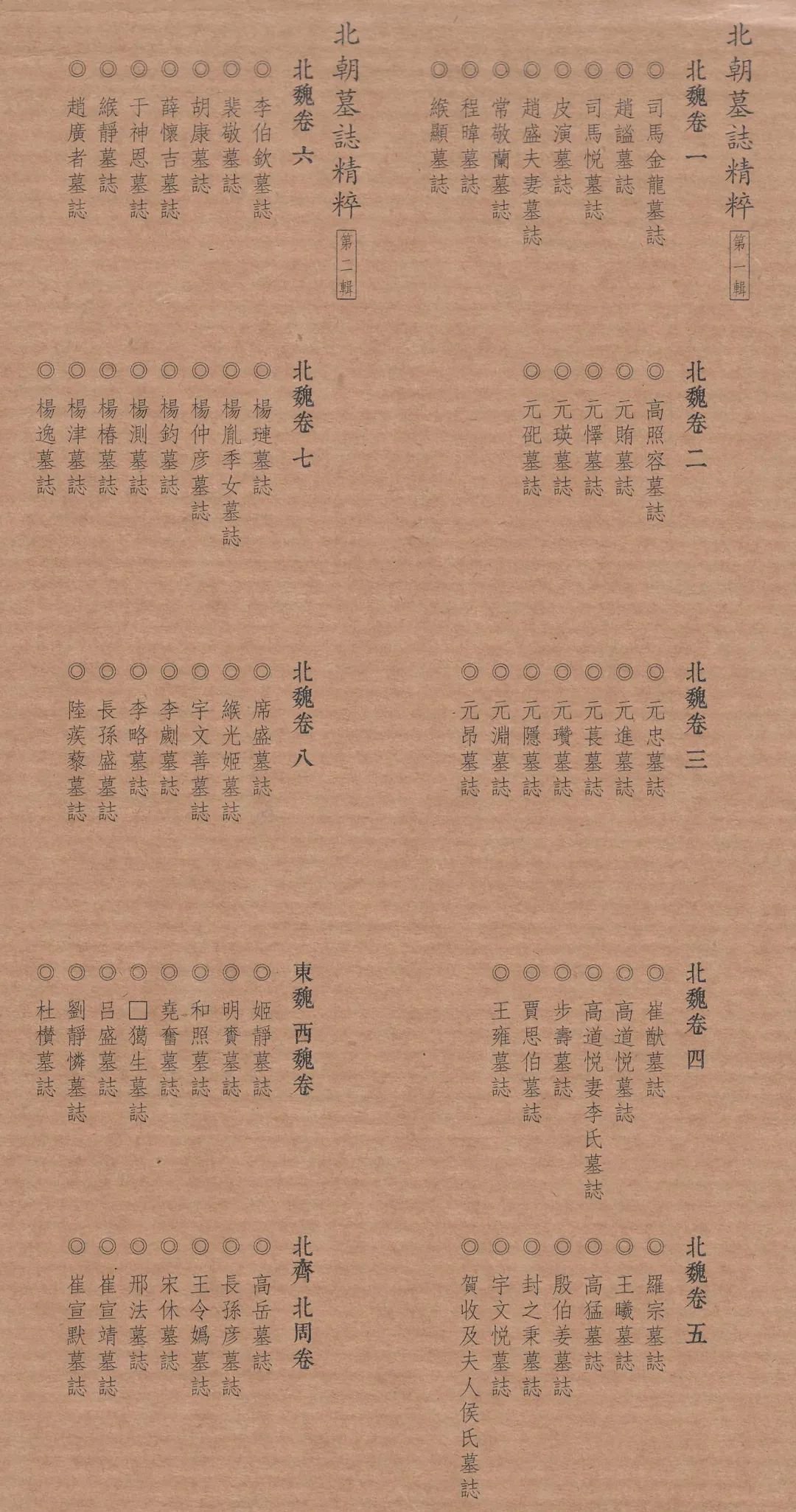
All selected rubbings of epitaphs are taken from the exact original ones. The first is the full rubbing of the epitaph, and the second is the original large-scale cropped image. This is also true for those who wish to cover it (the reduction ratio will be indicated if there is an occasional slight reduction). It aims to provide calligraphy enthusiasts and learners with richer calligraphy materials. For calligraphy learners, the original large calligraphy is also the best model for learning.
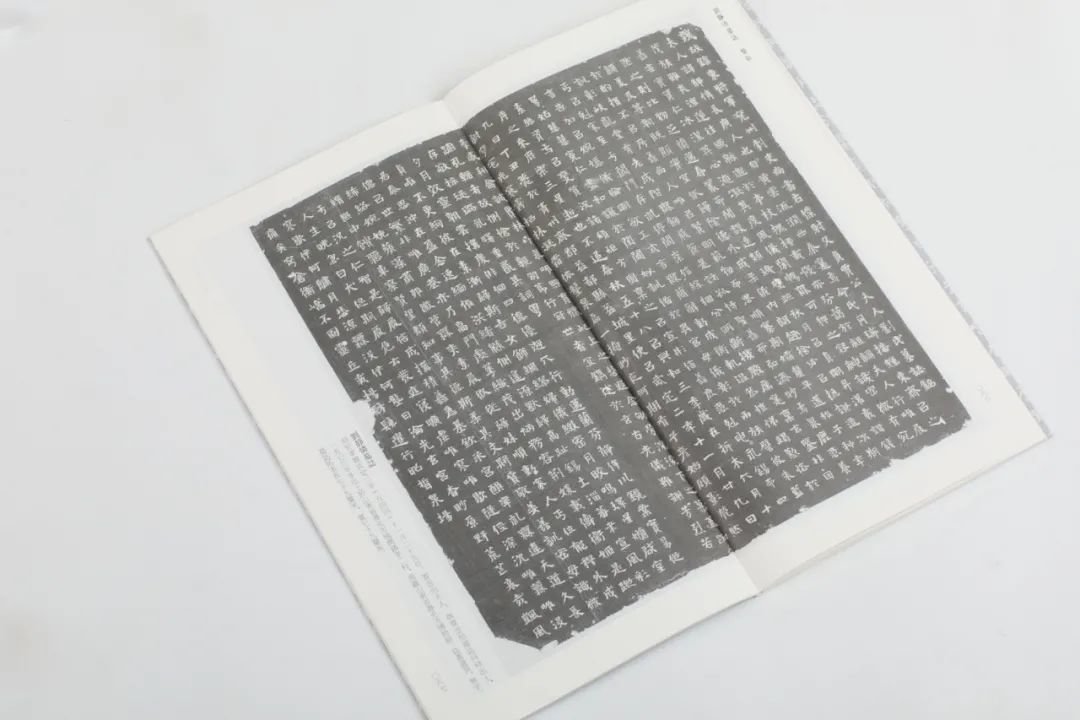
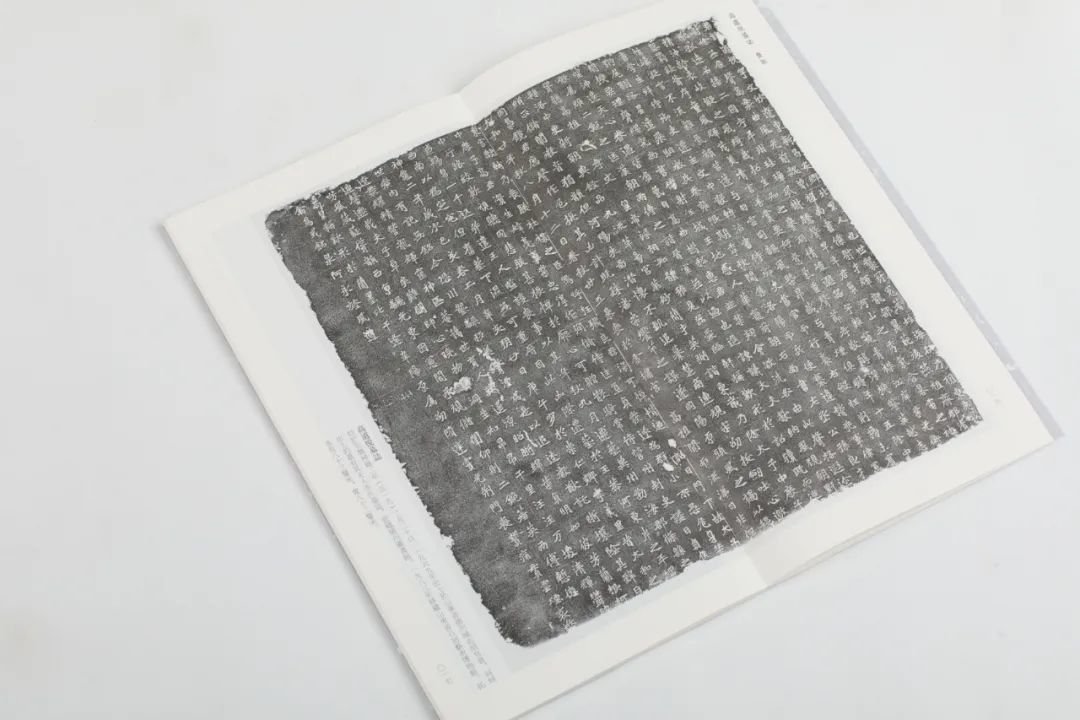
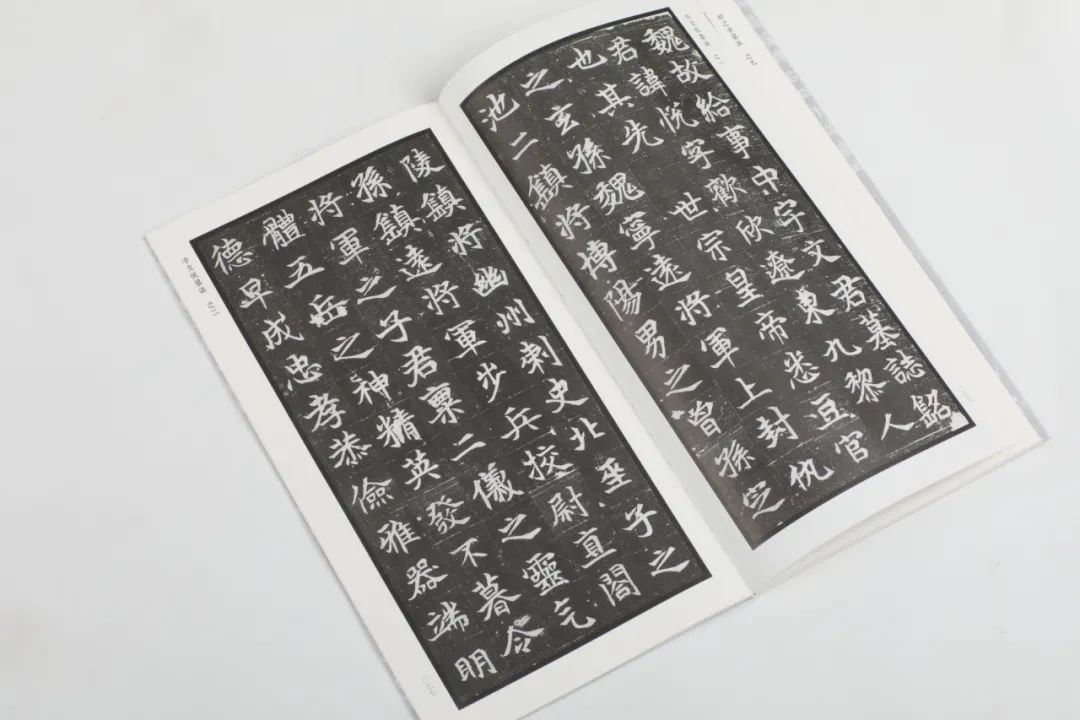
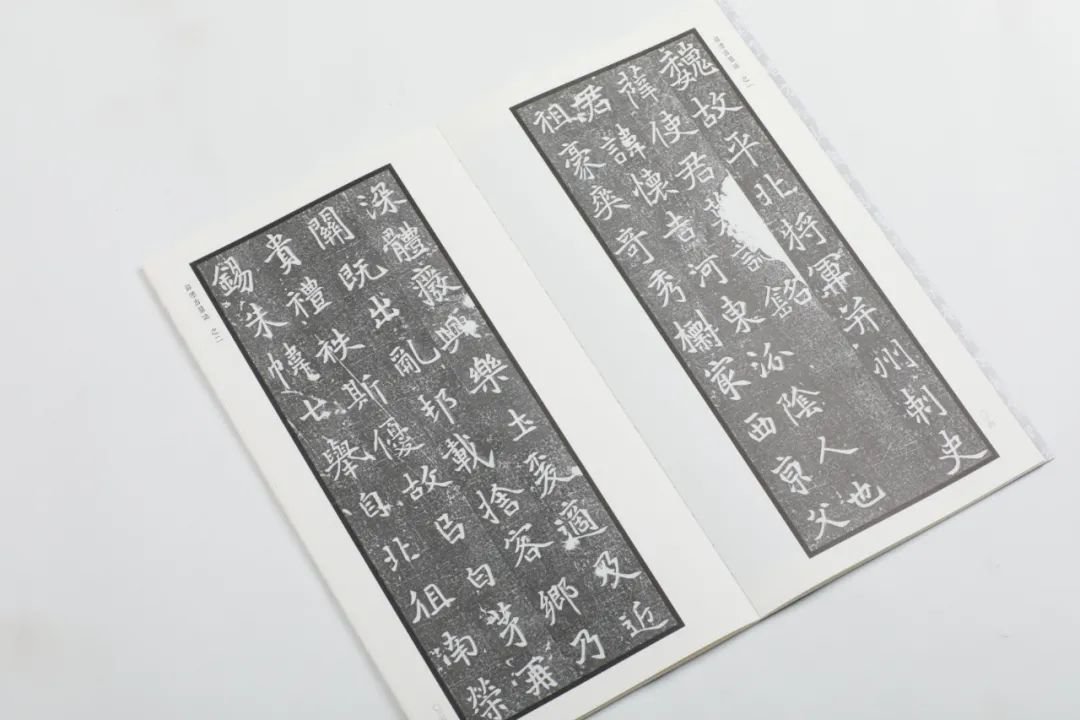
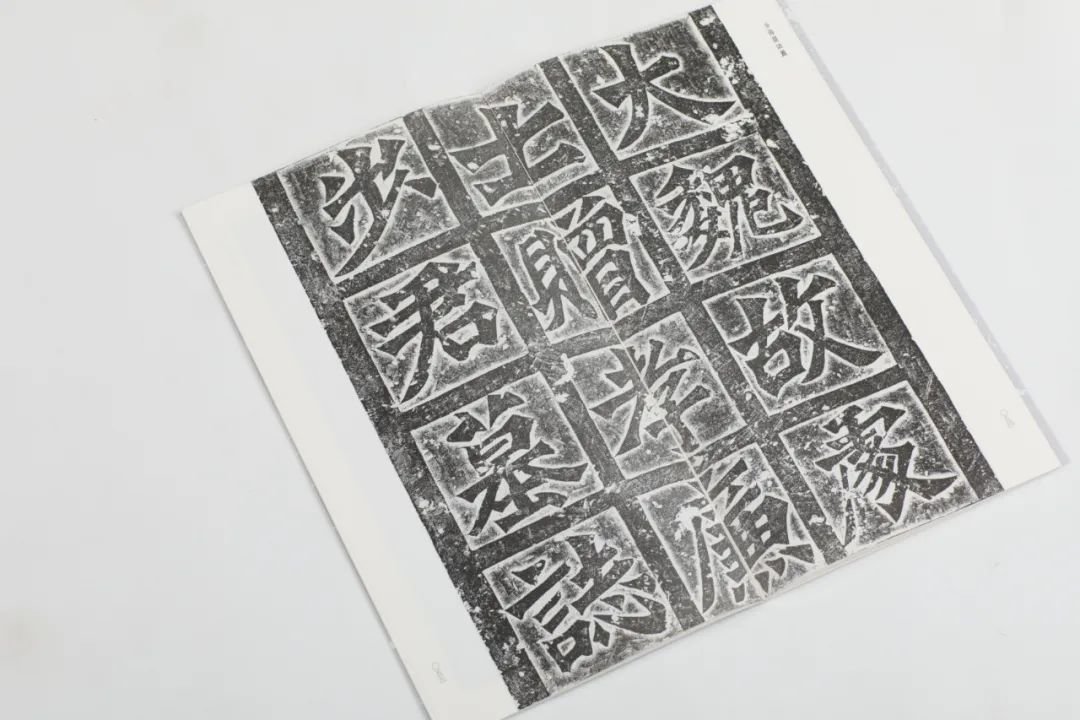
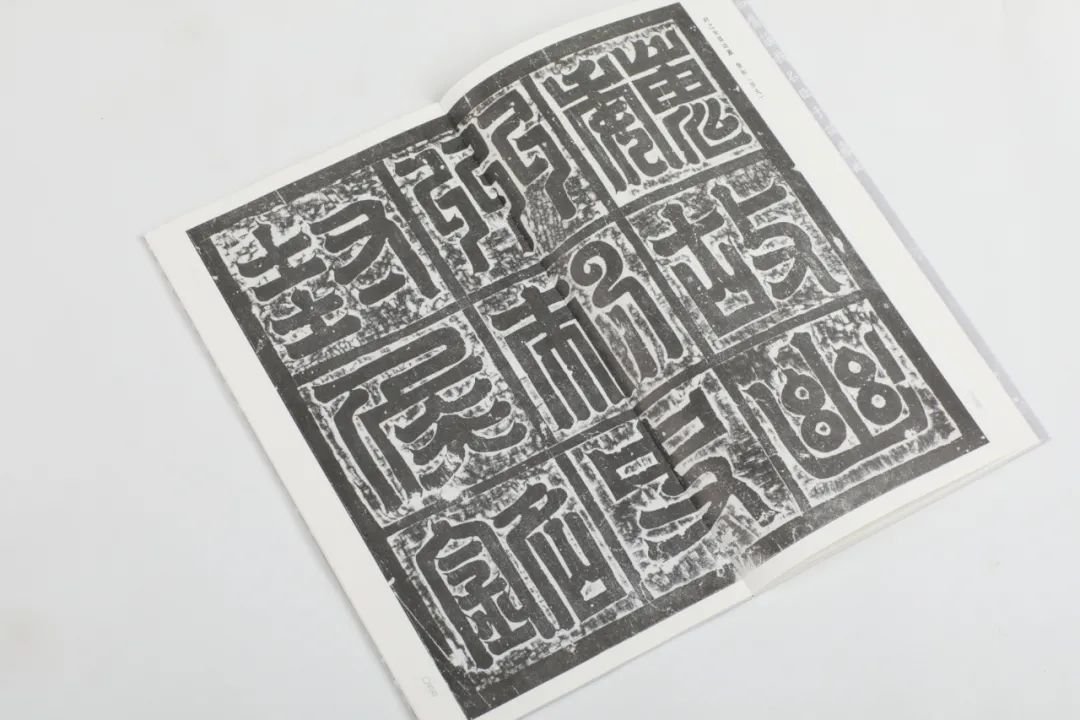
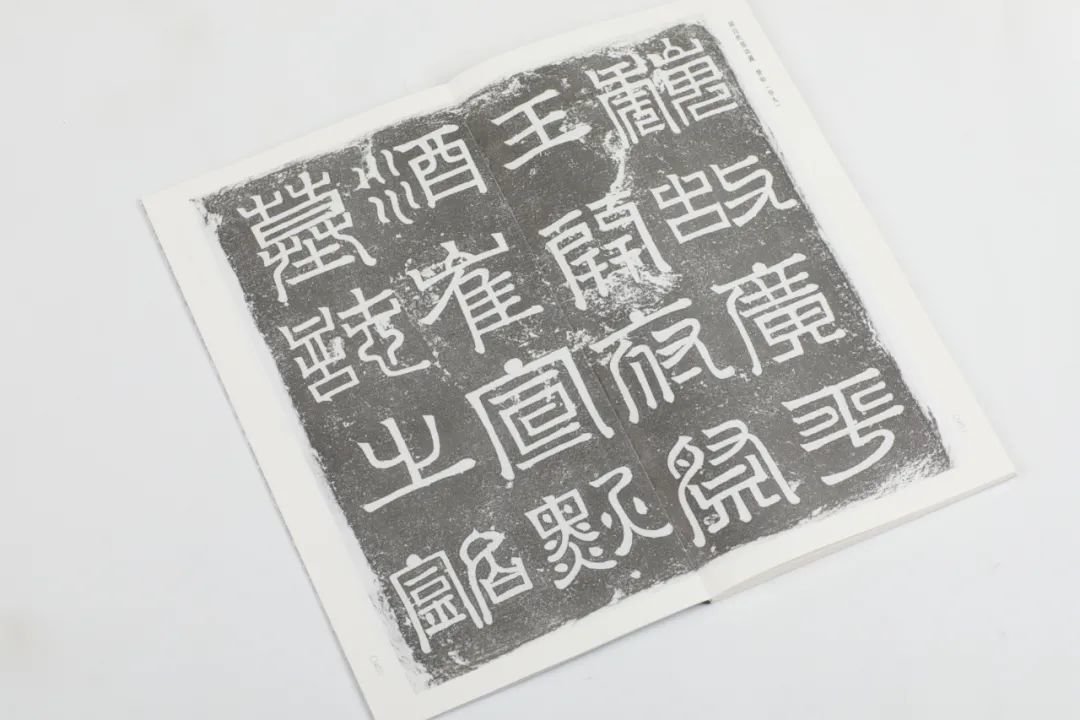
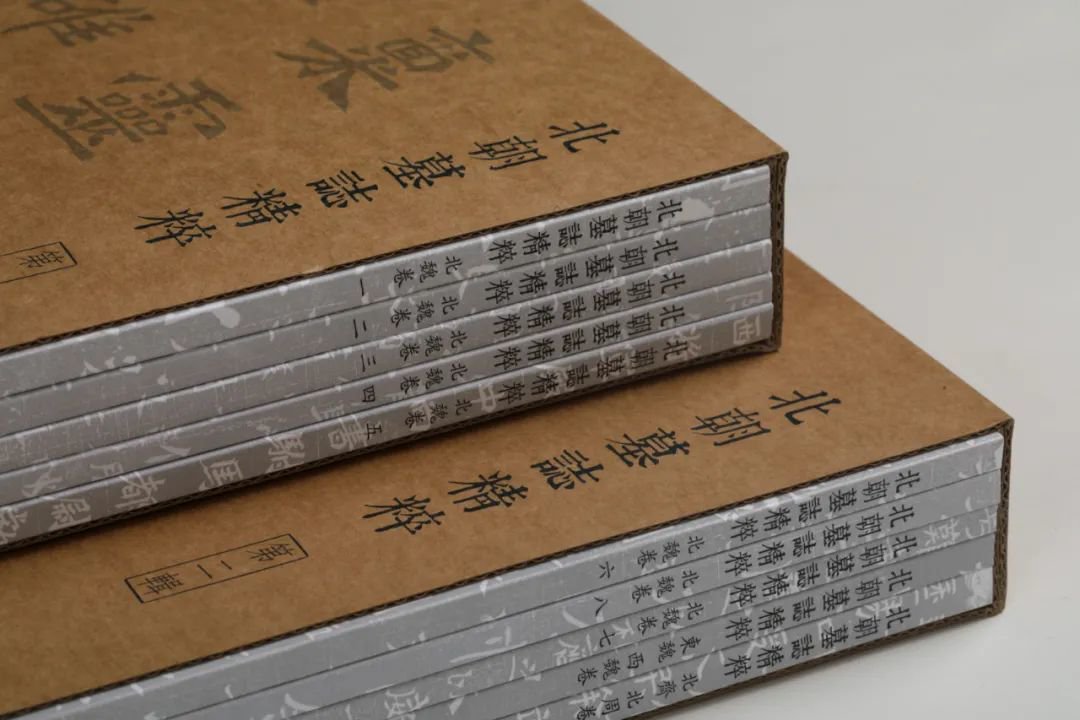
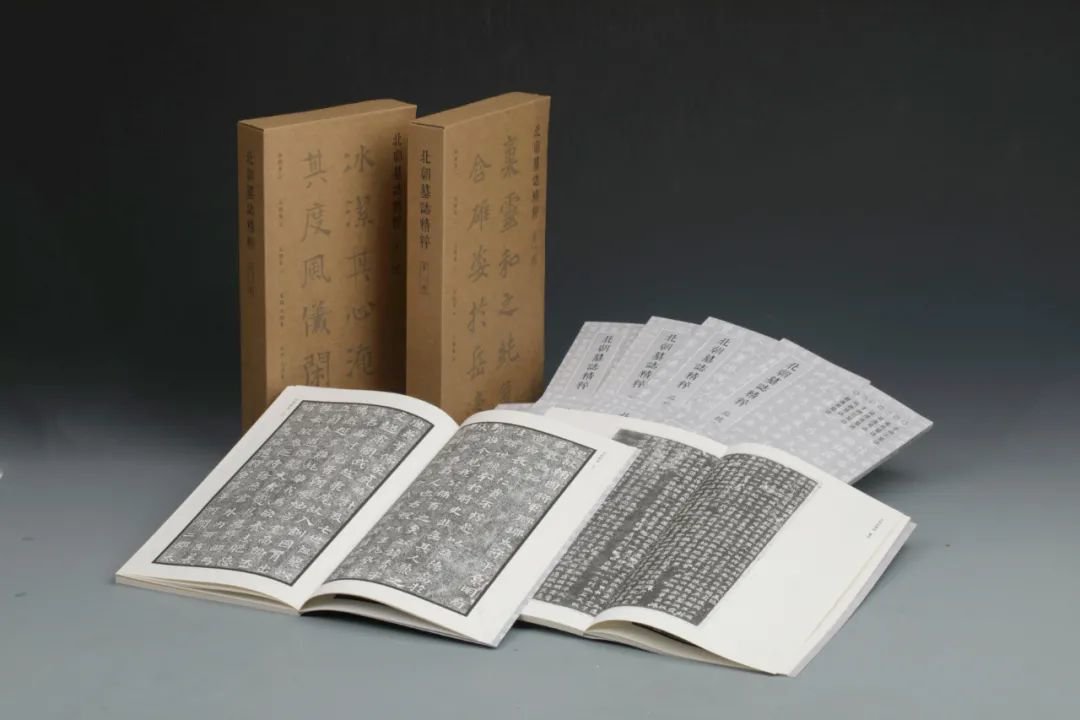
The total price of the two series is 770 yuan, including 70 types of epitaphs from the Northern Dynasties, so one type of copybook only costs 11 yuan! This should be the price of copybooks in the 1990s, not too cost-effective~
1. The words on the selected rubbings are clear, and you can even see the traces of the knife and pen
2. The copybook is made of oriental paper, which is eye-friendly and non-reflective.
3. Each book has a bare spine and can be spread flat at 180 degrees.
I really want to thank the editor for taking such good care of us babies who like to write about Wei Monuments~
If you want to take home these 70 types of children's shoes for learning about the epitaphs of the Northern Dynasties, please leave your name and address in the comment area to place an order~
You can also scan the WeChat QR code below to add the teacher’s WeChat account.

